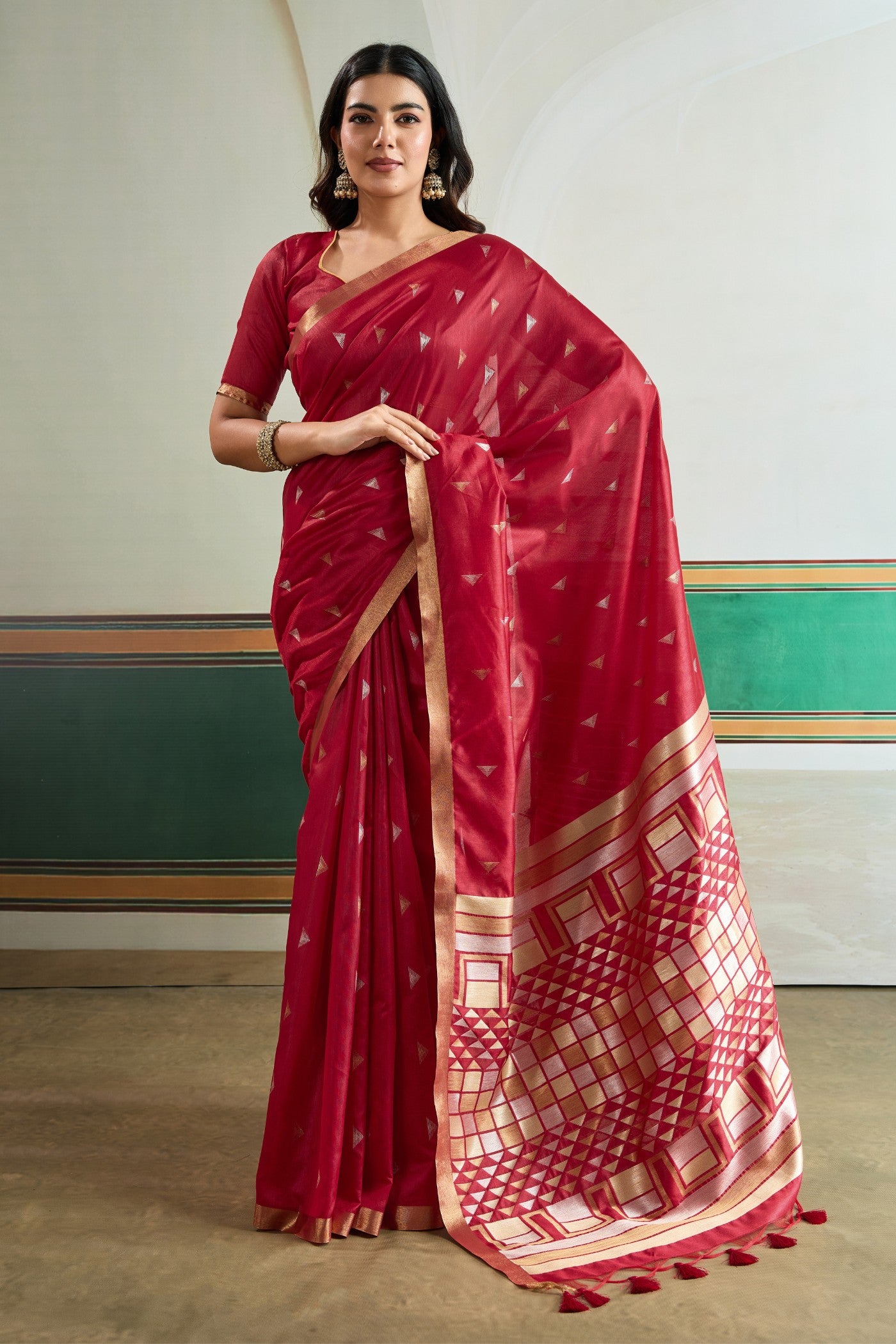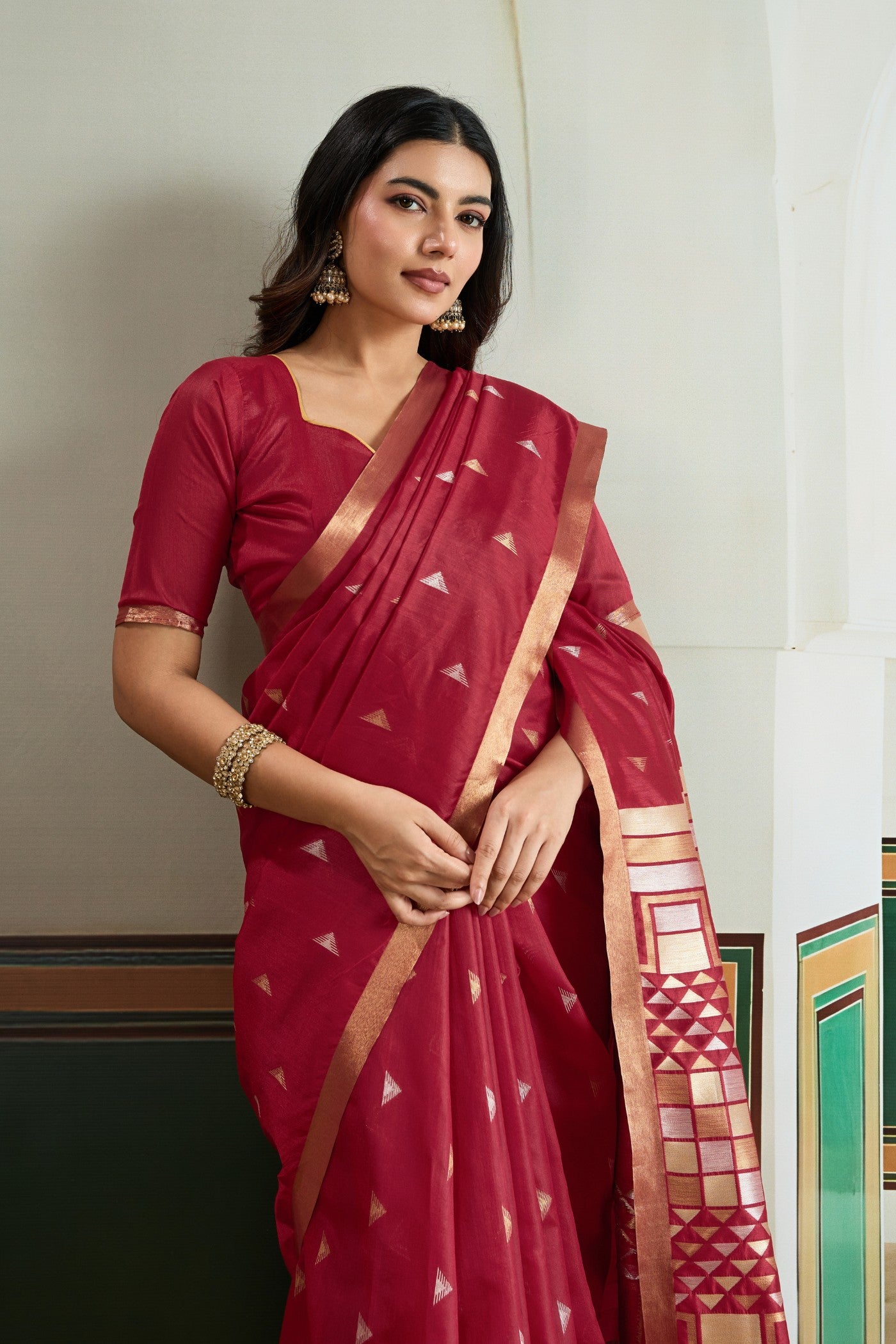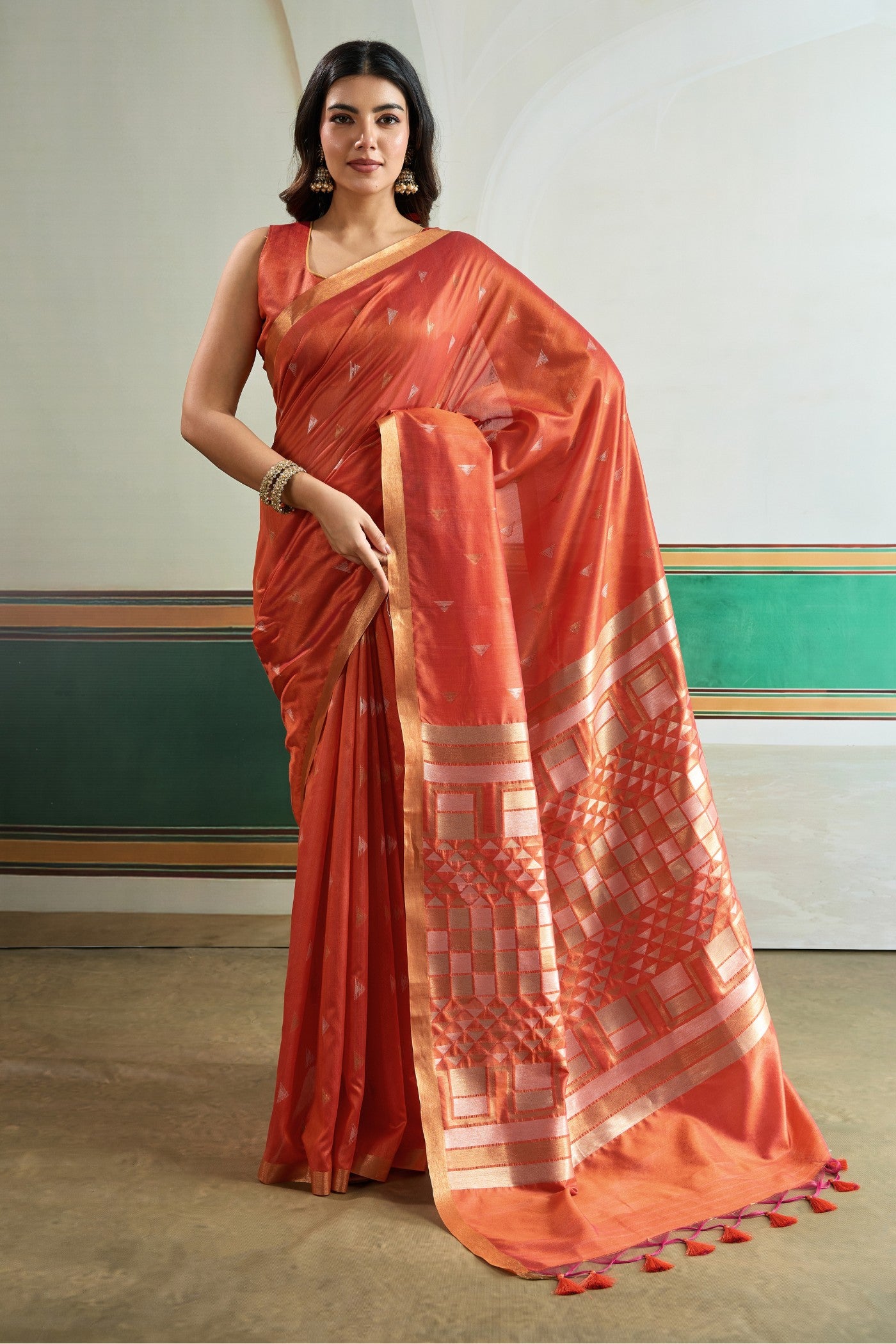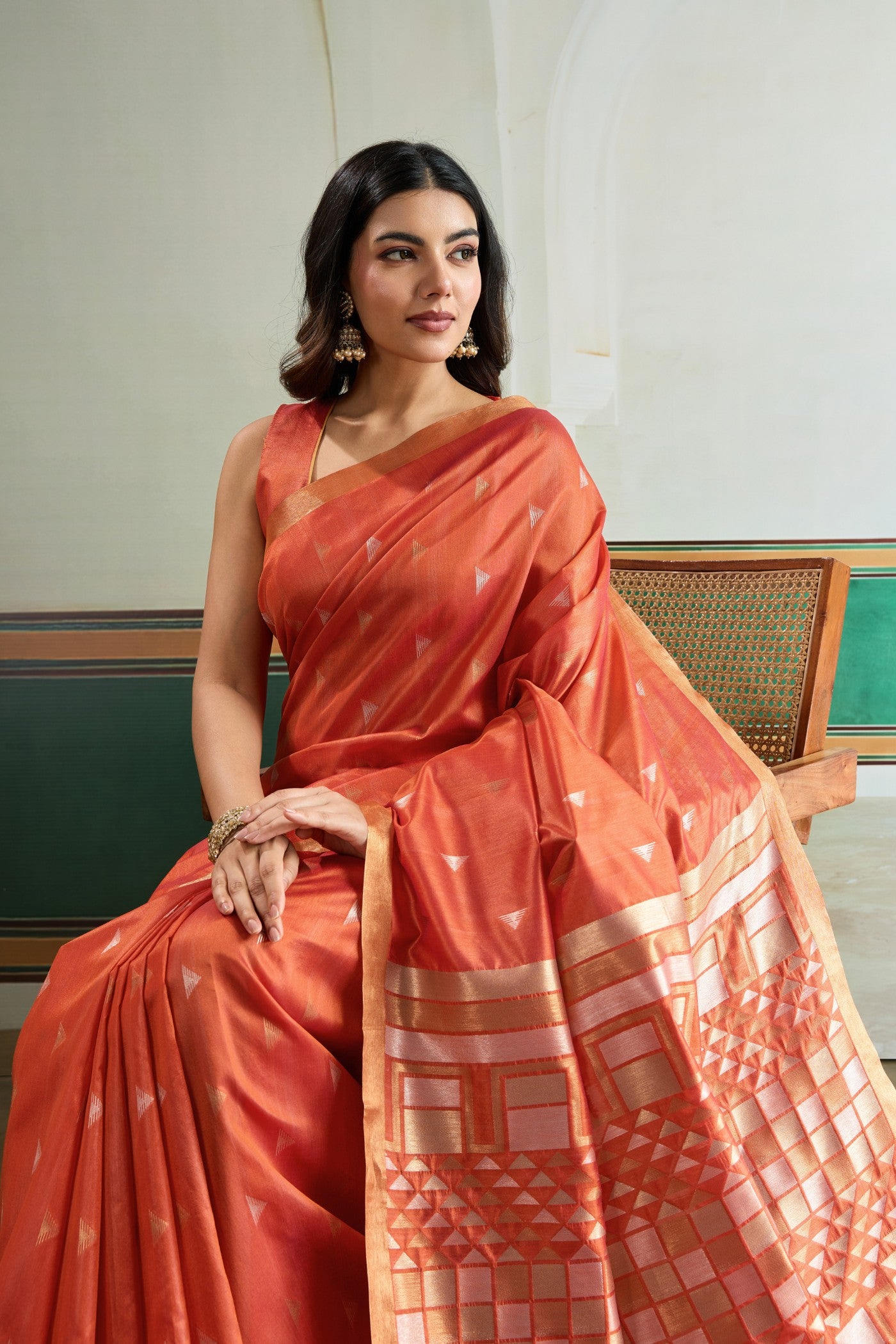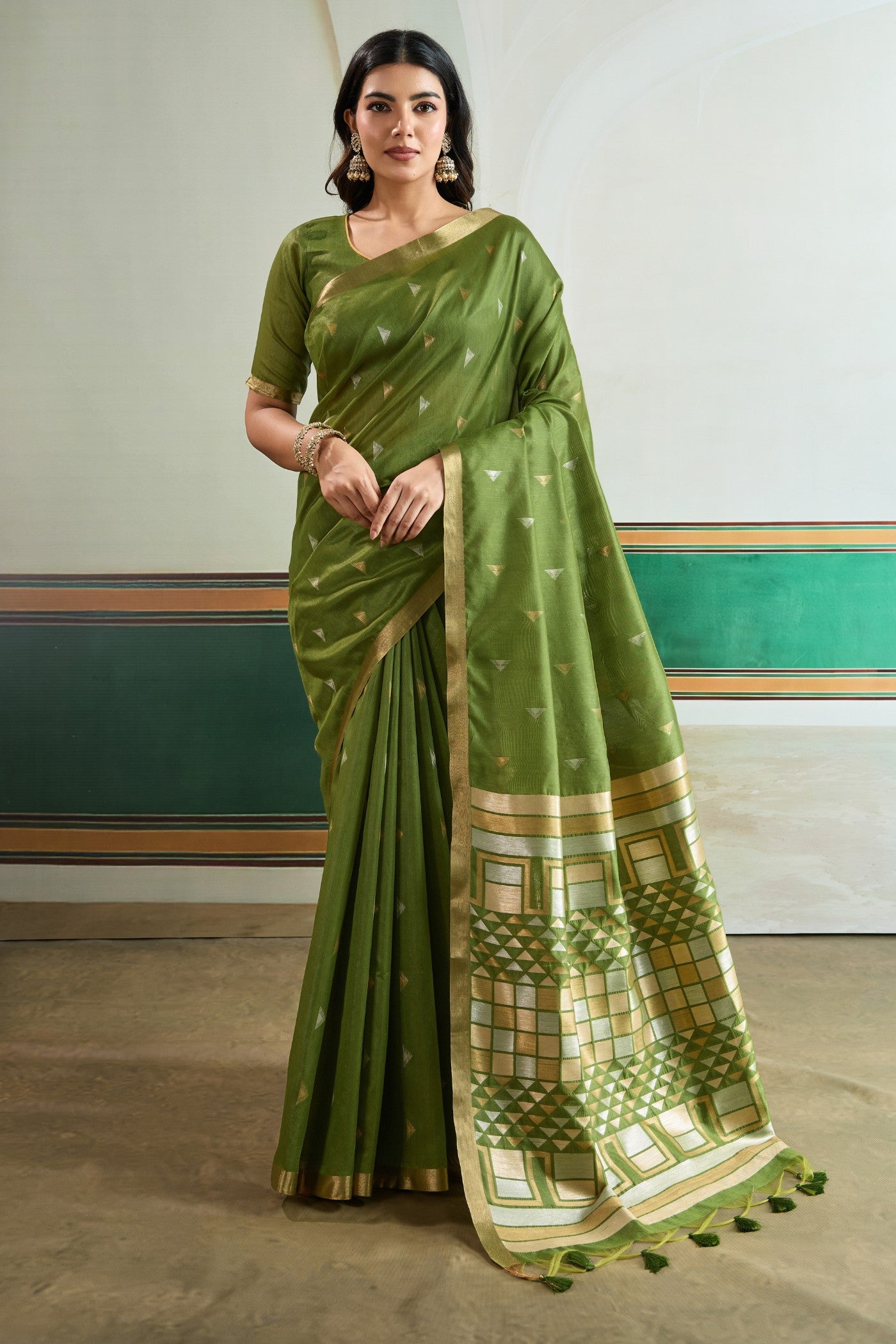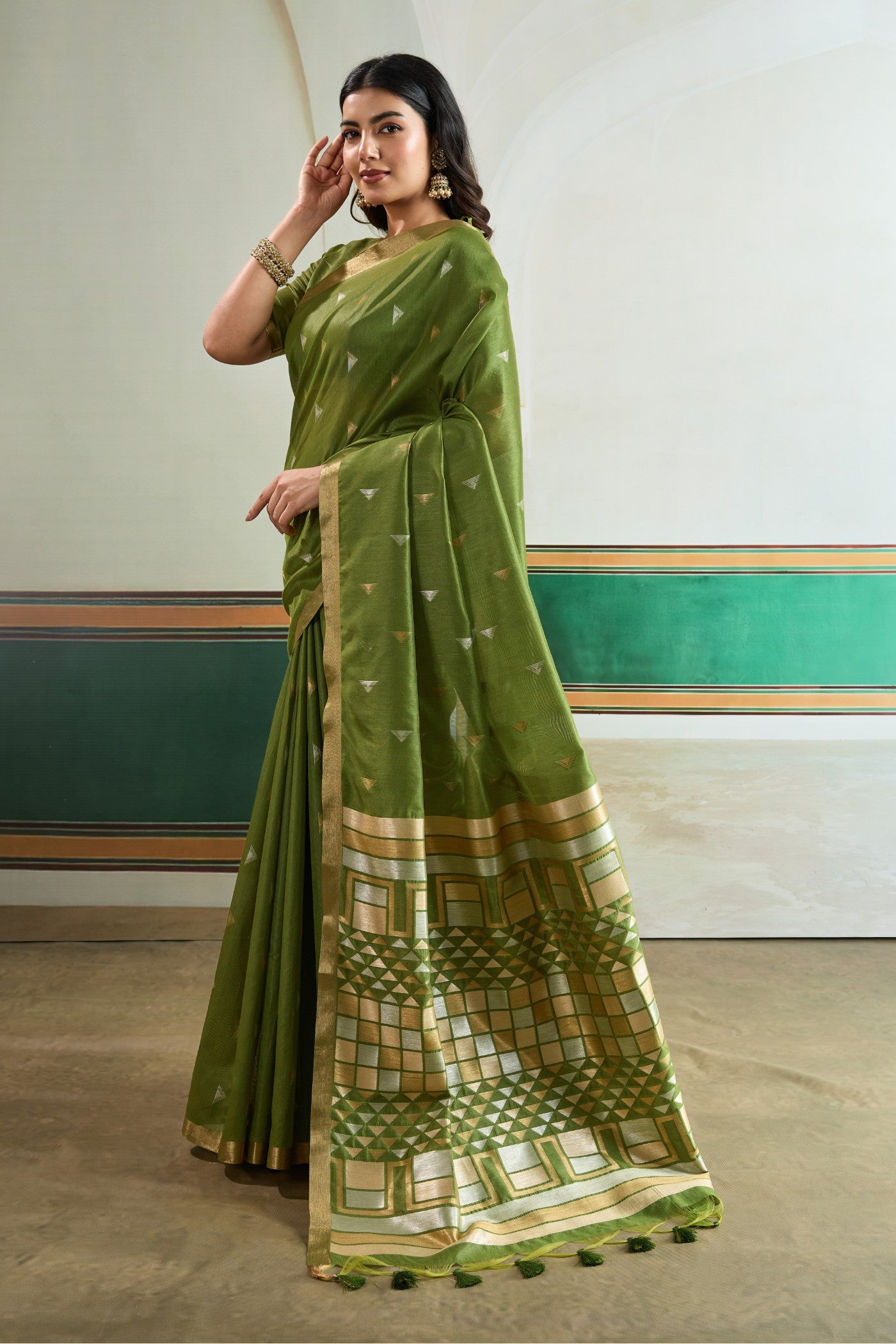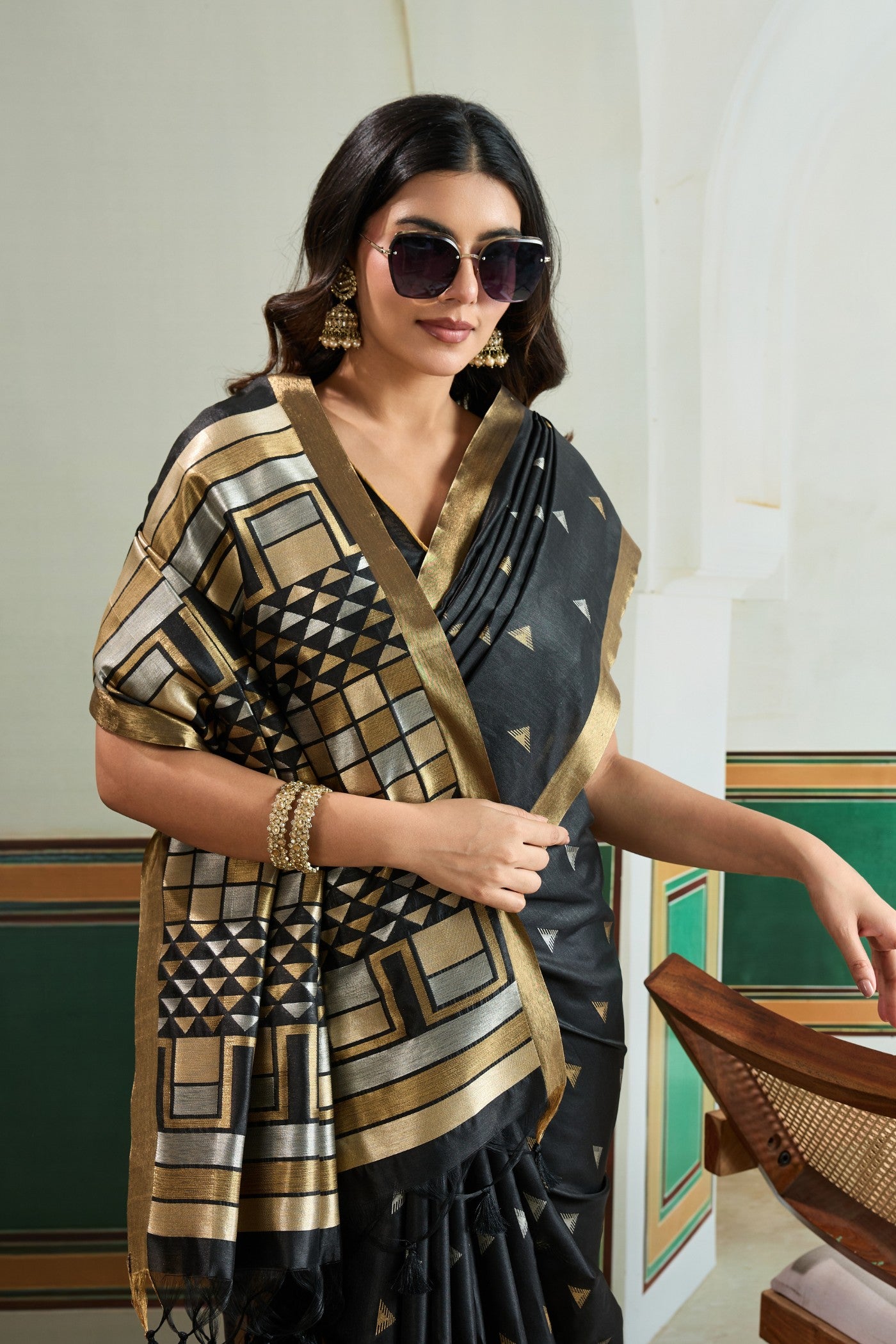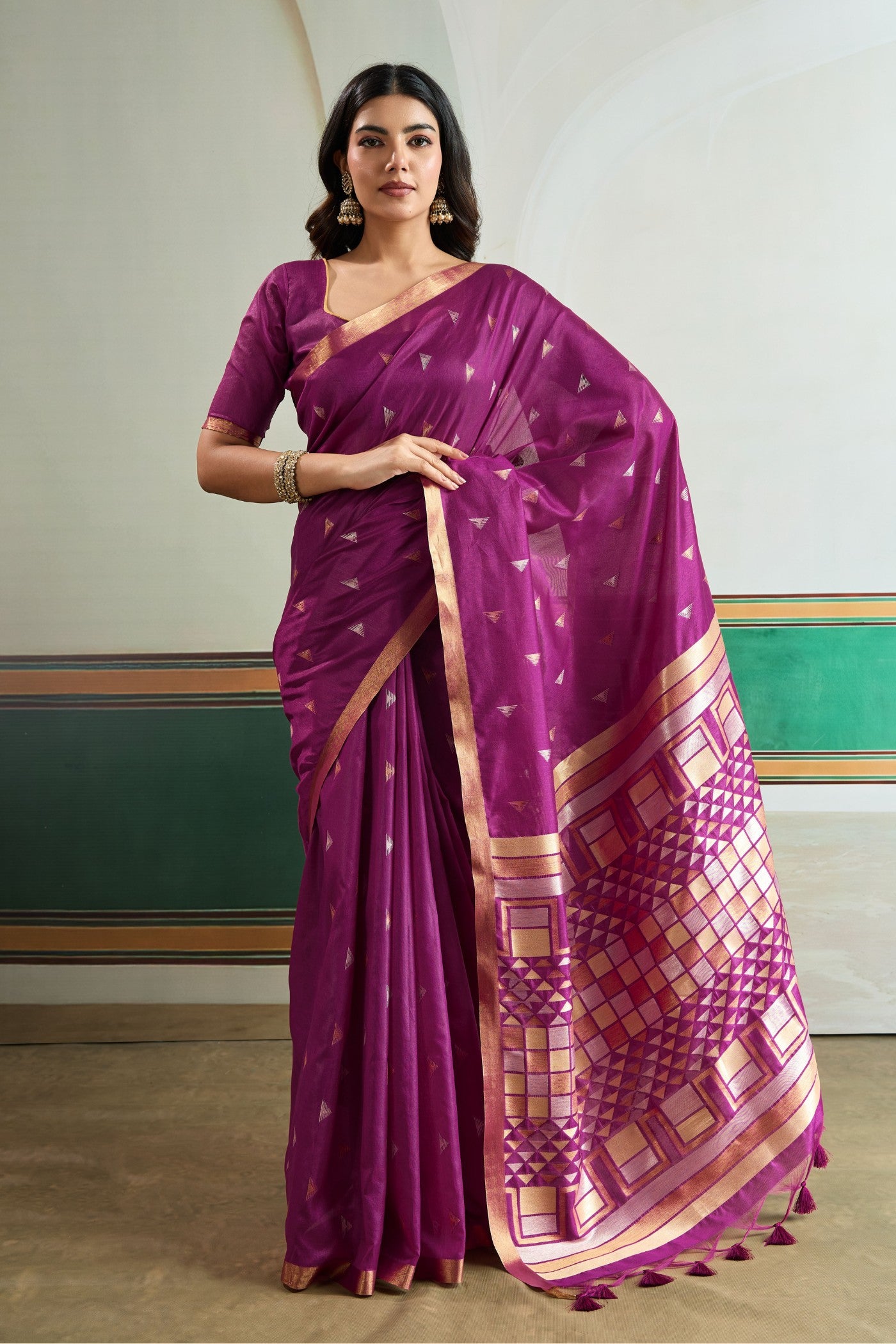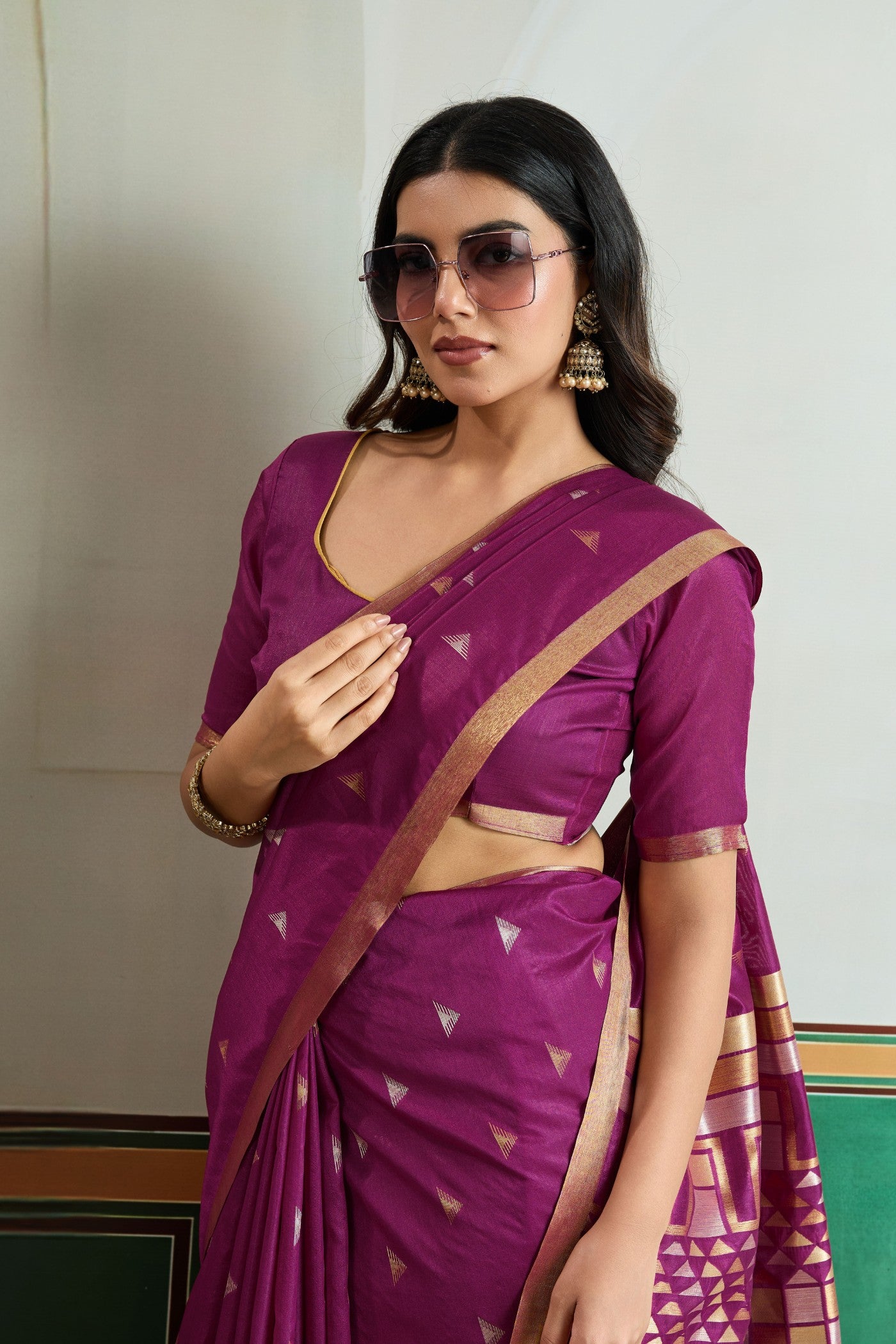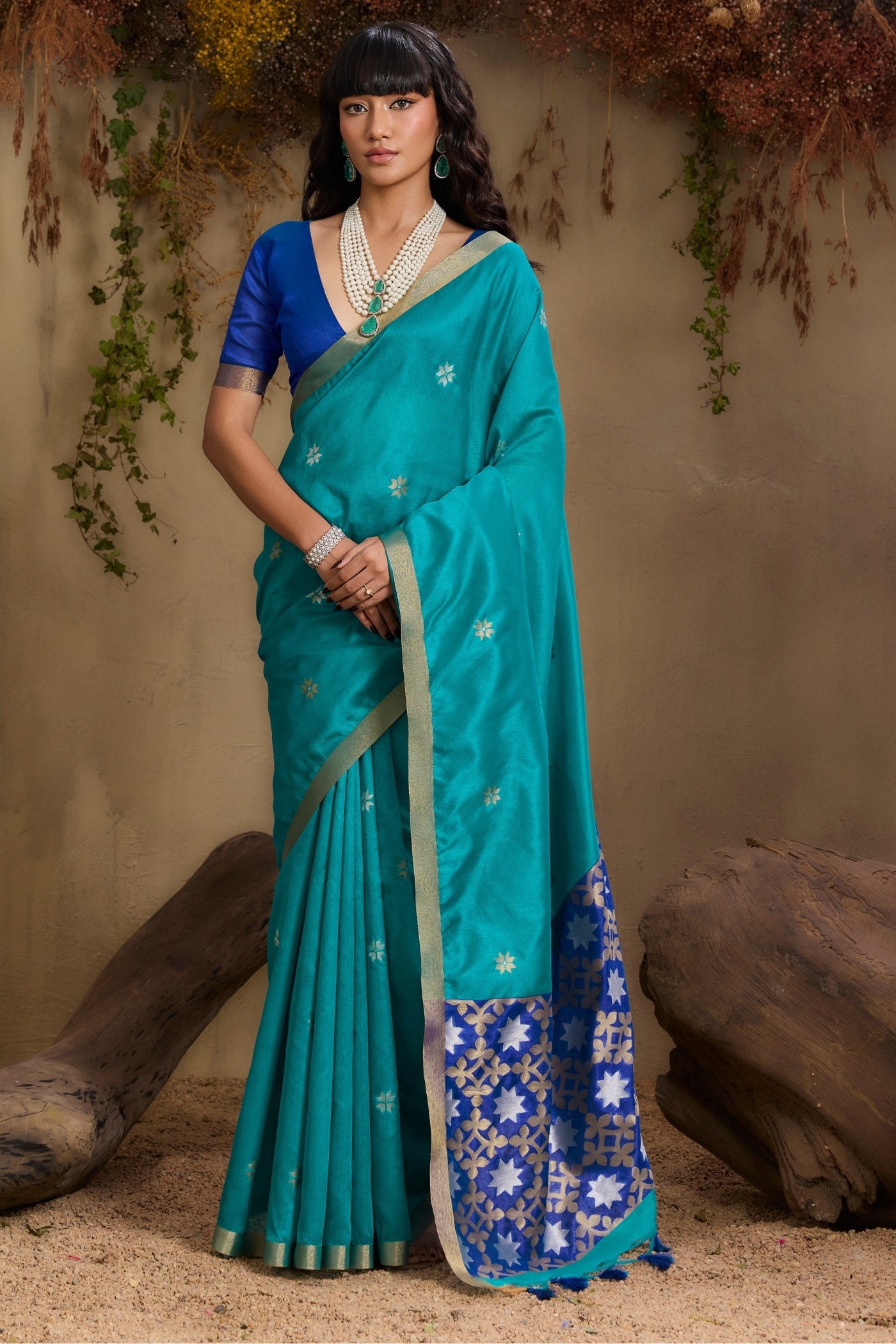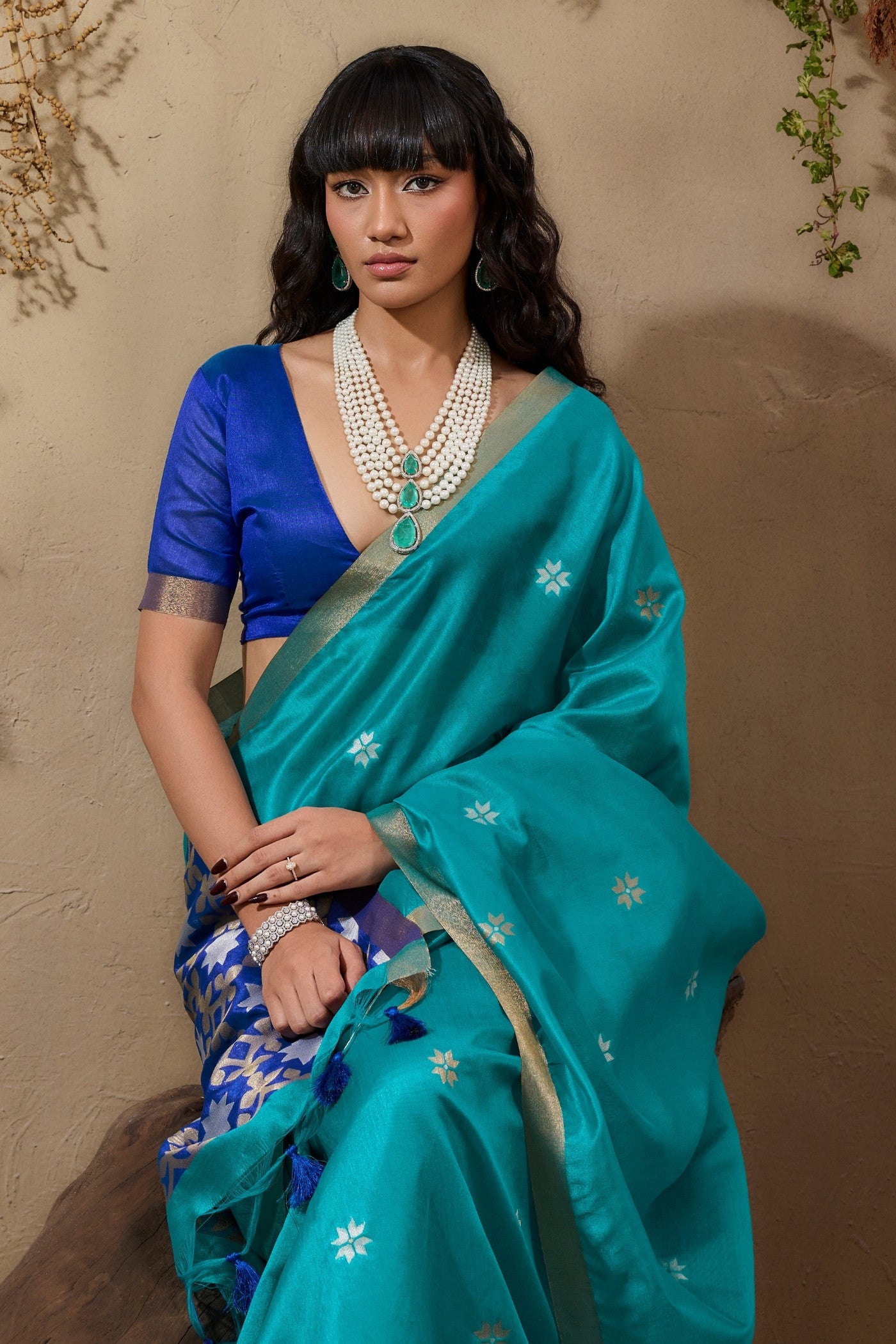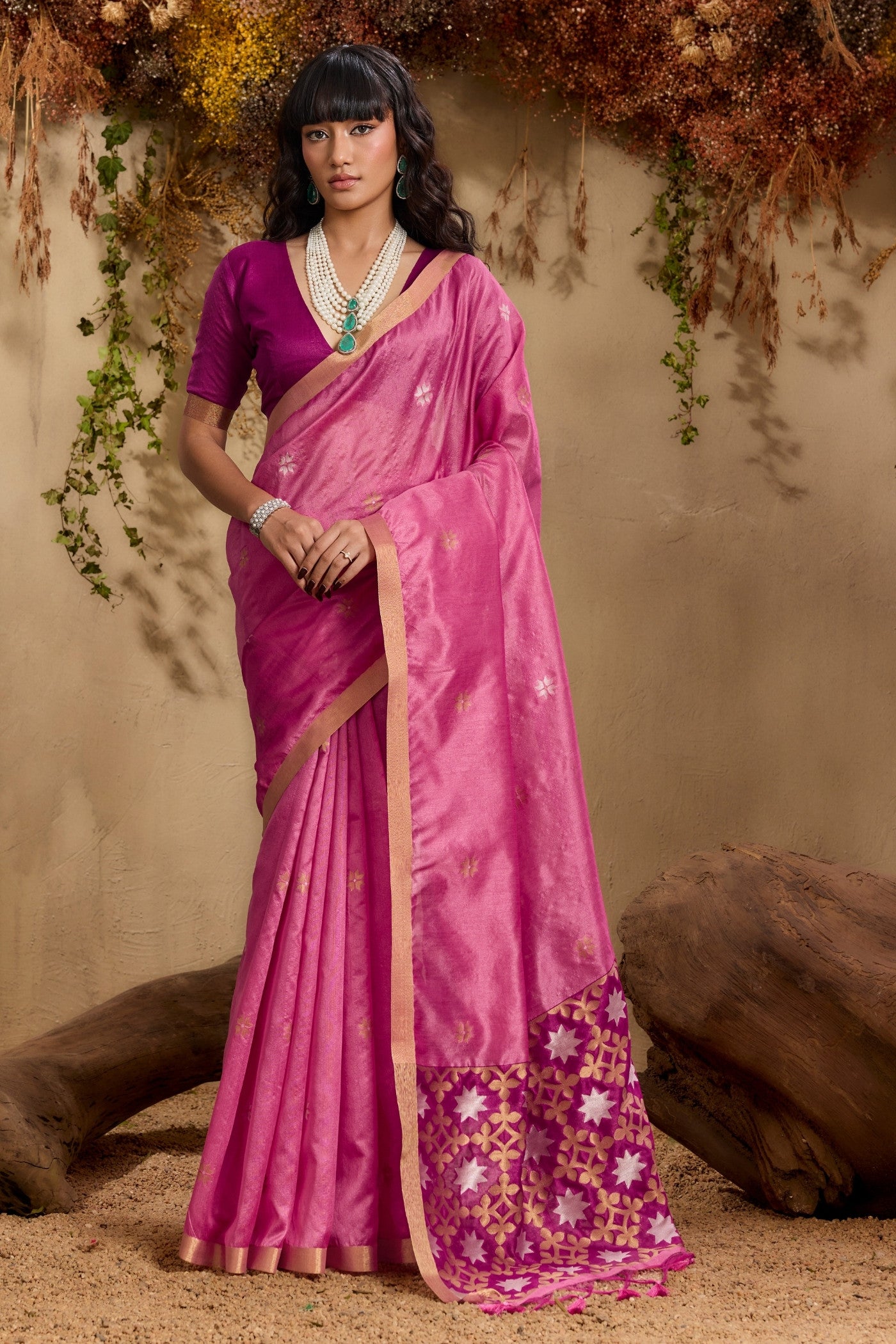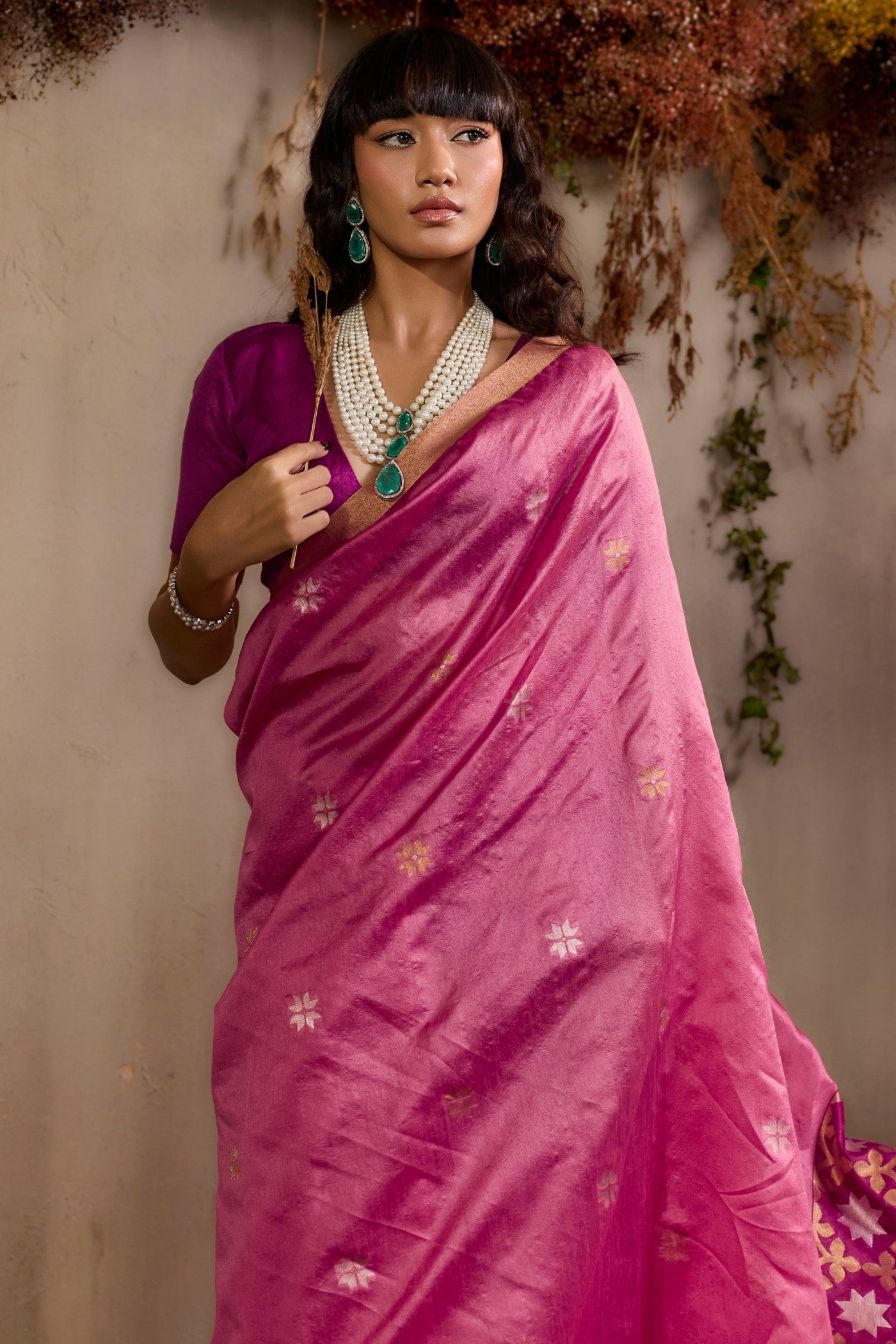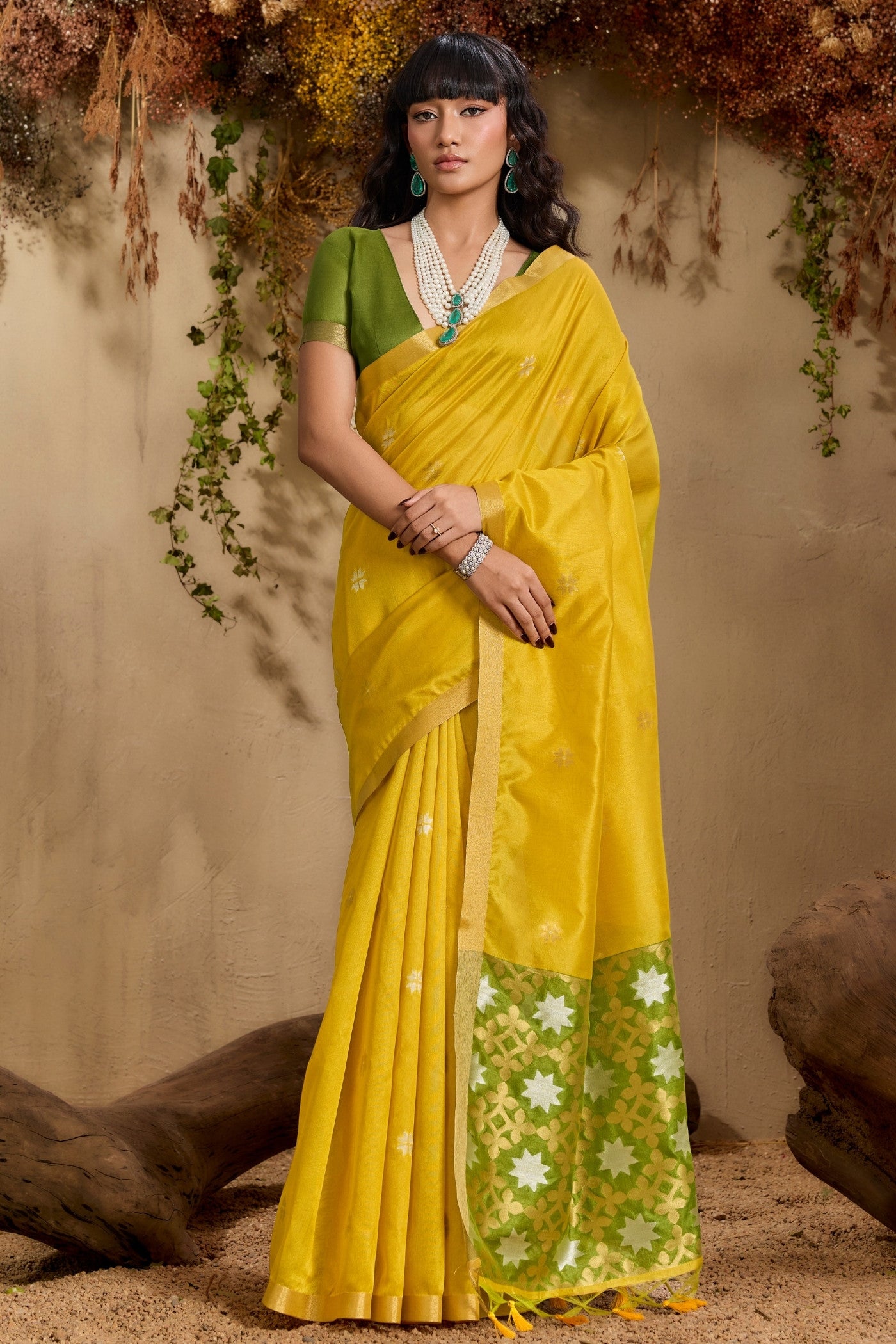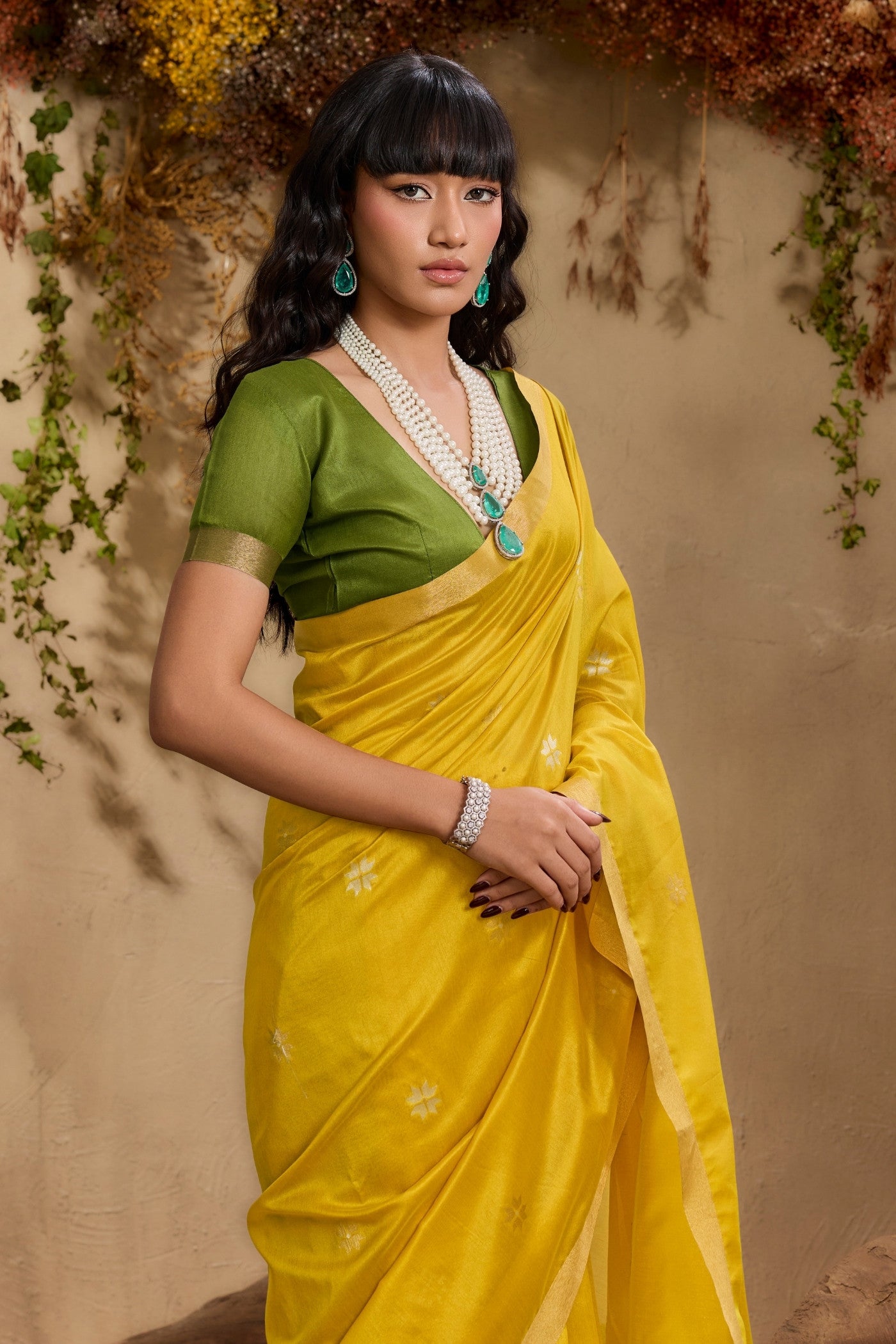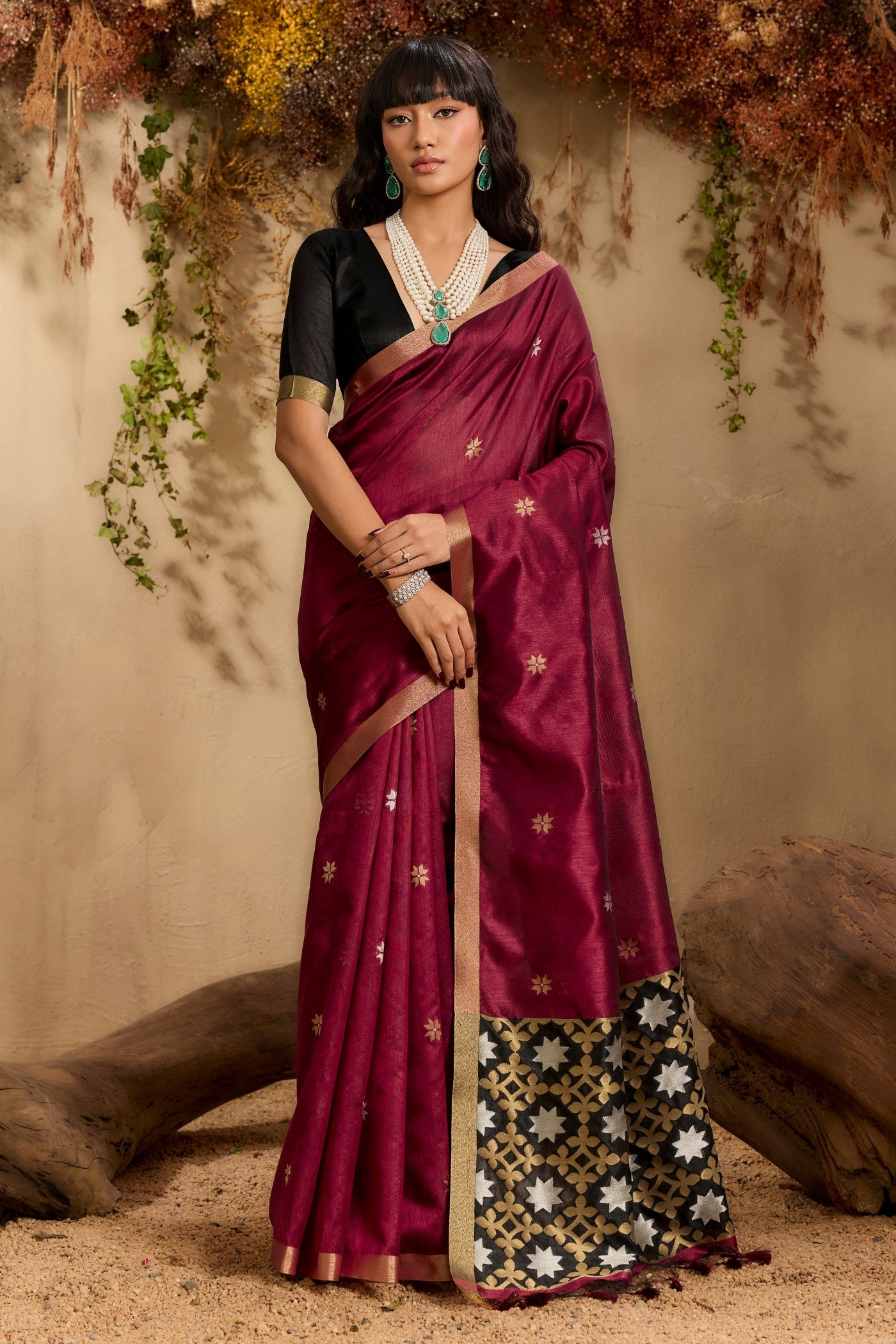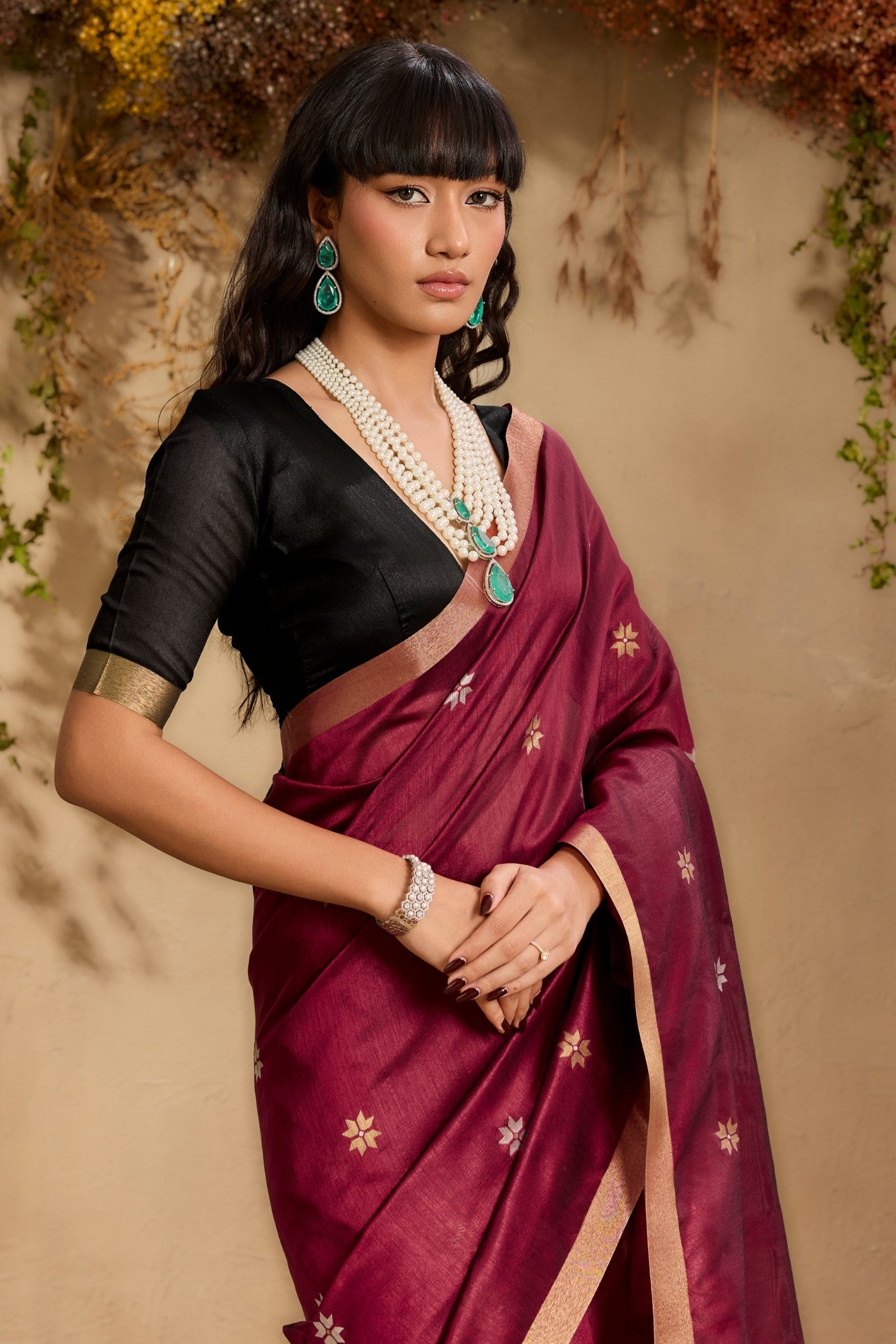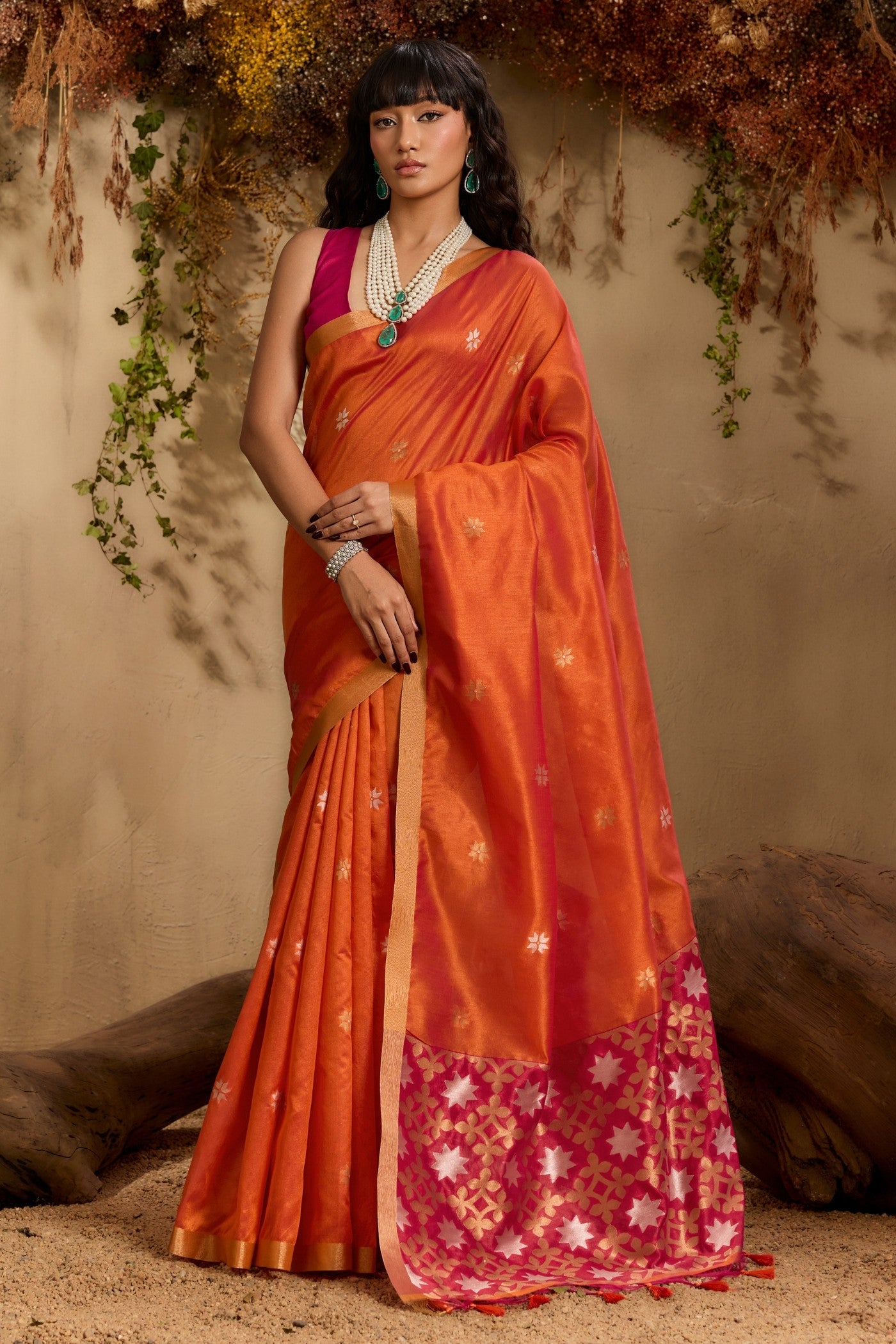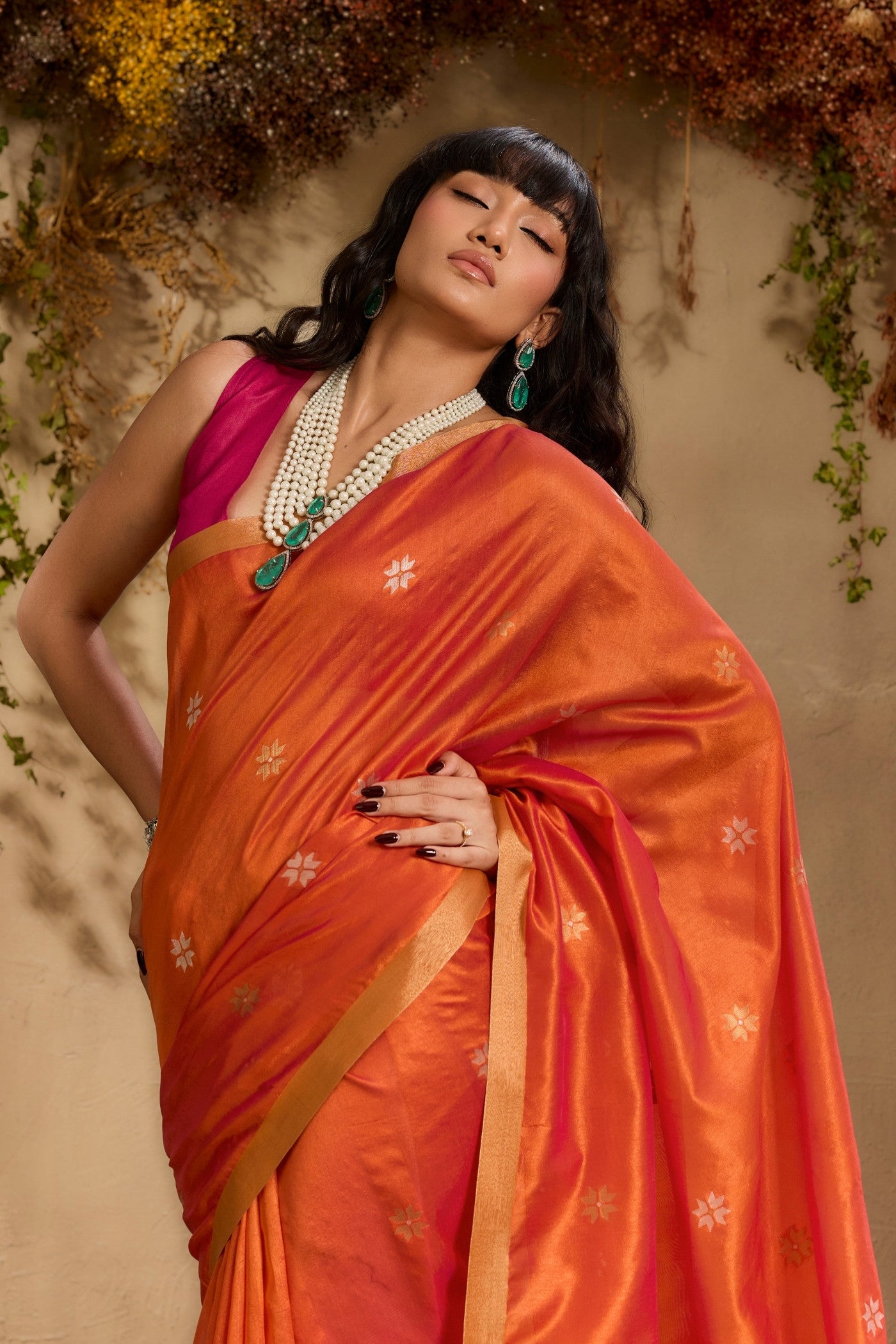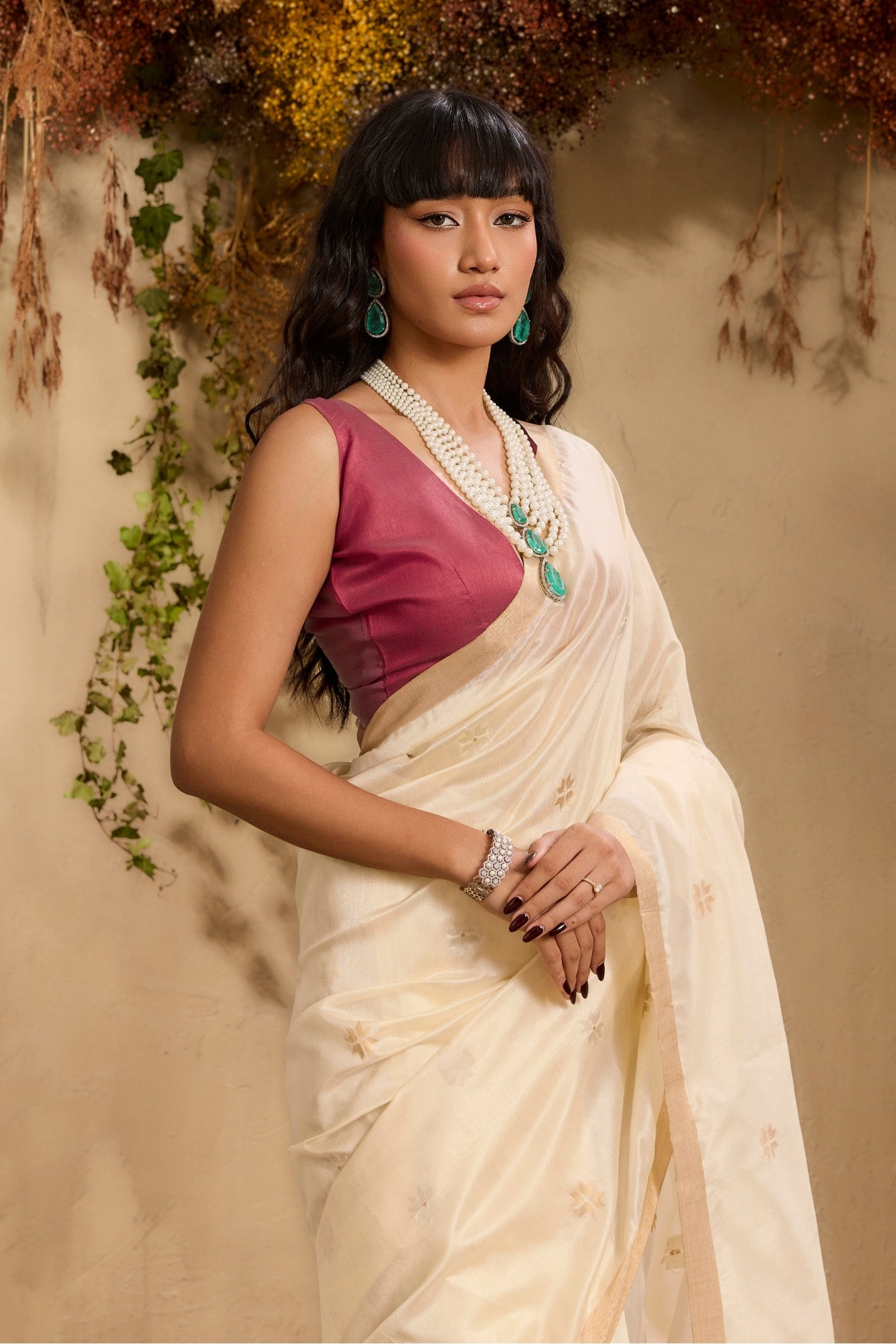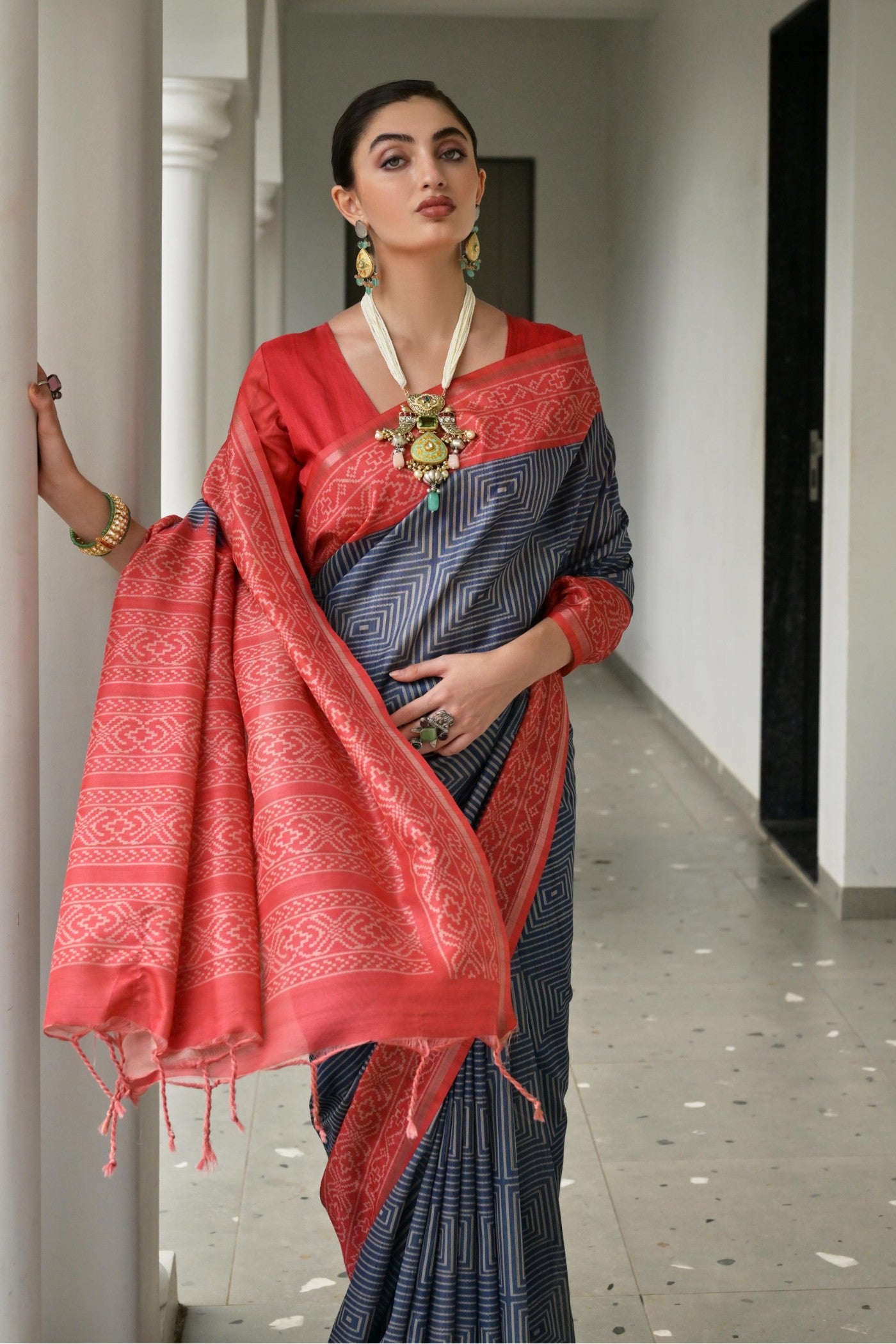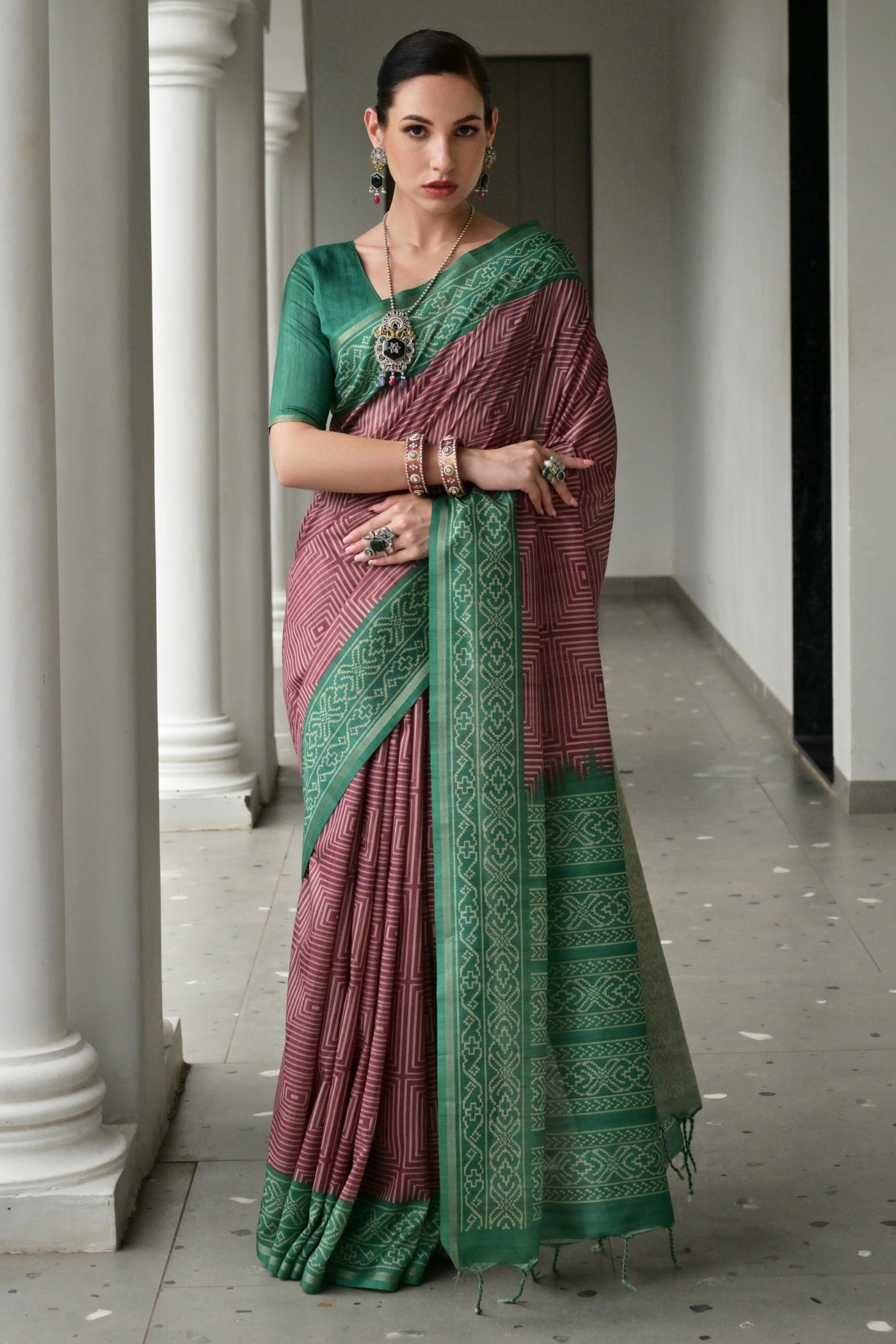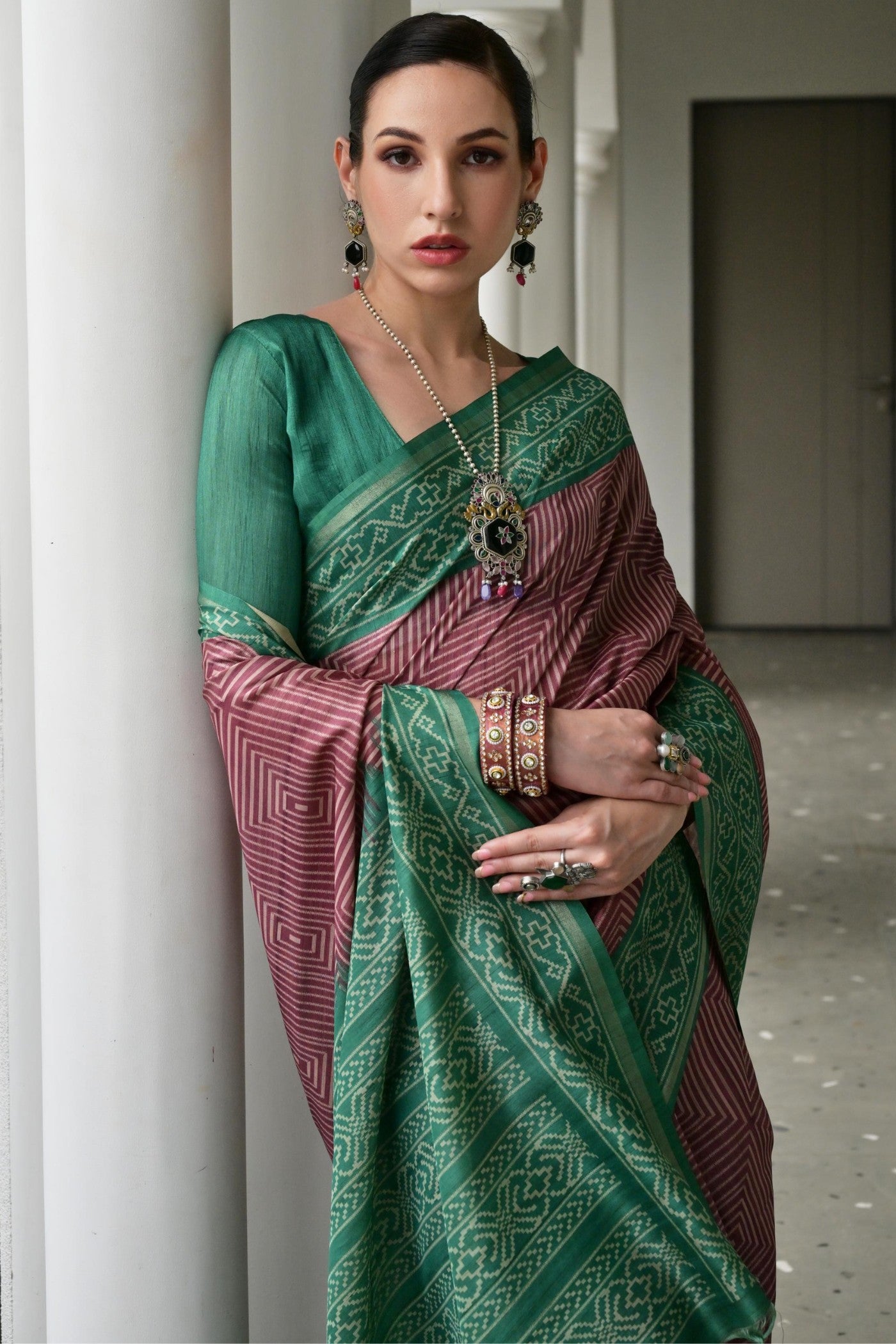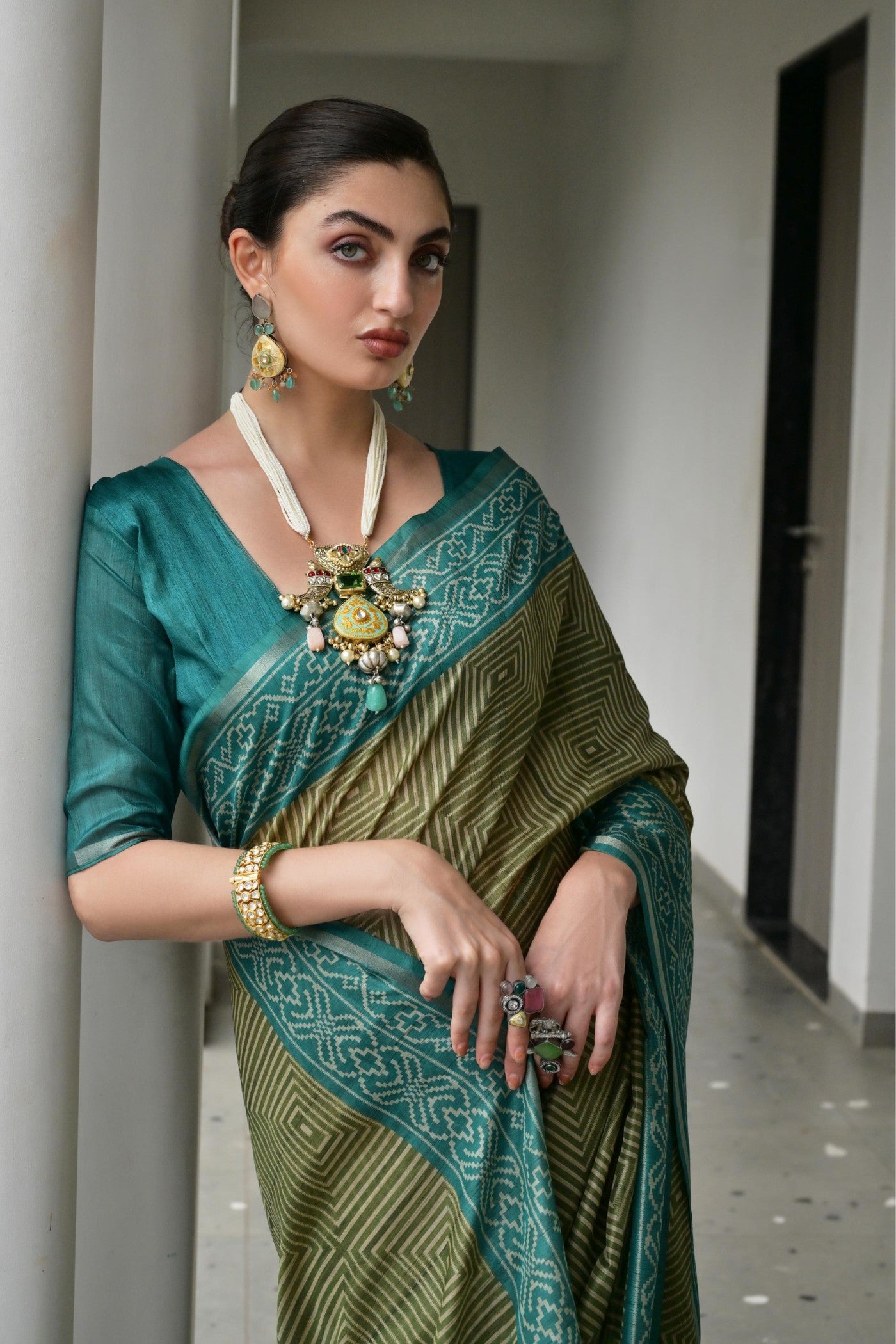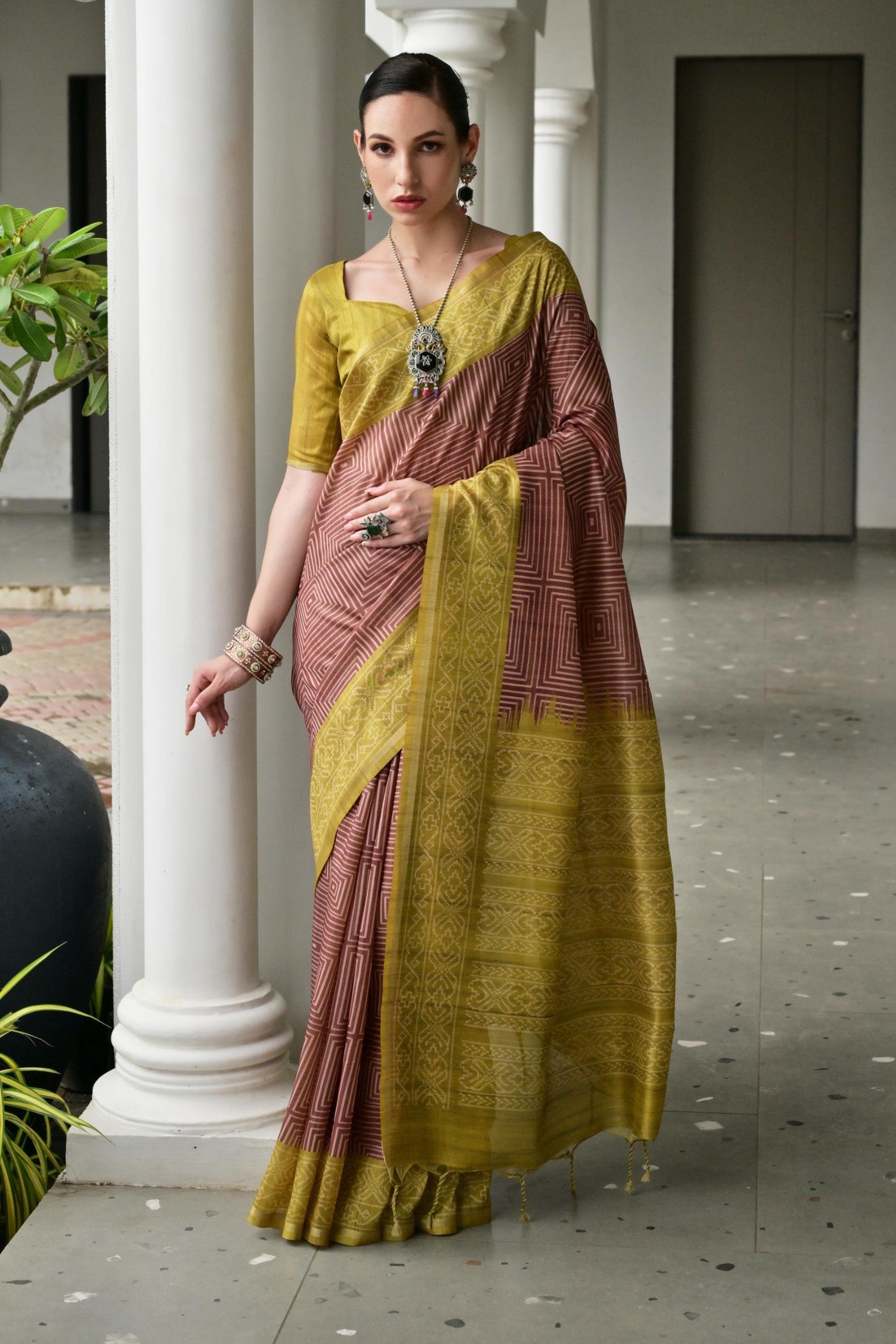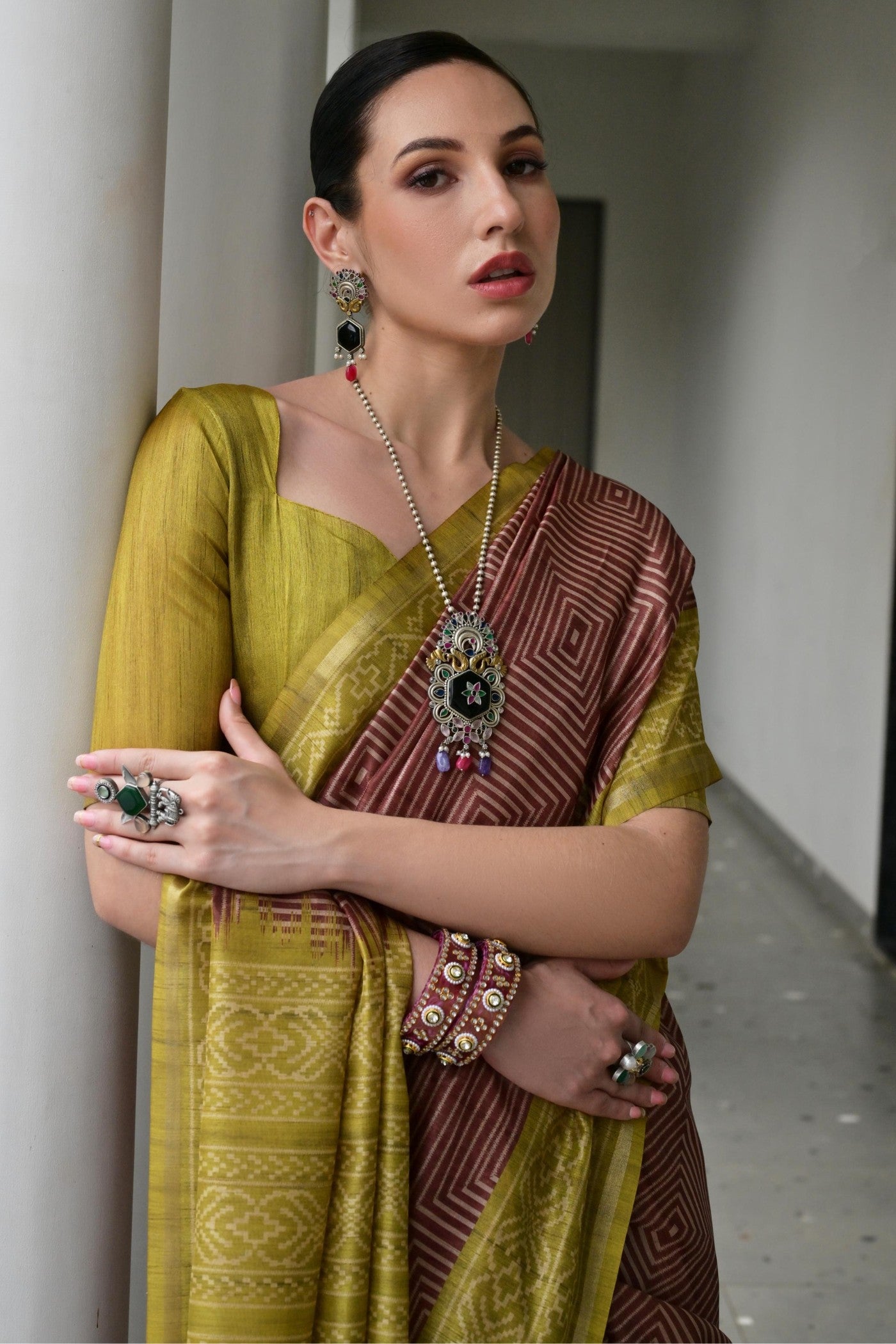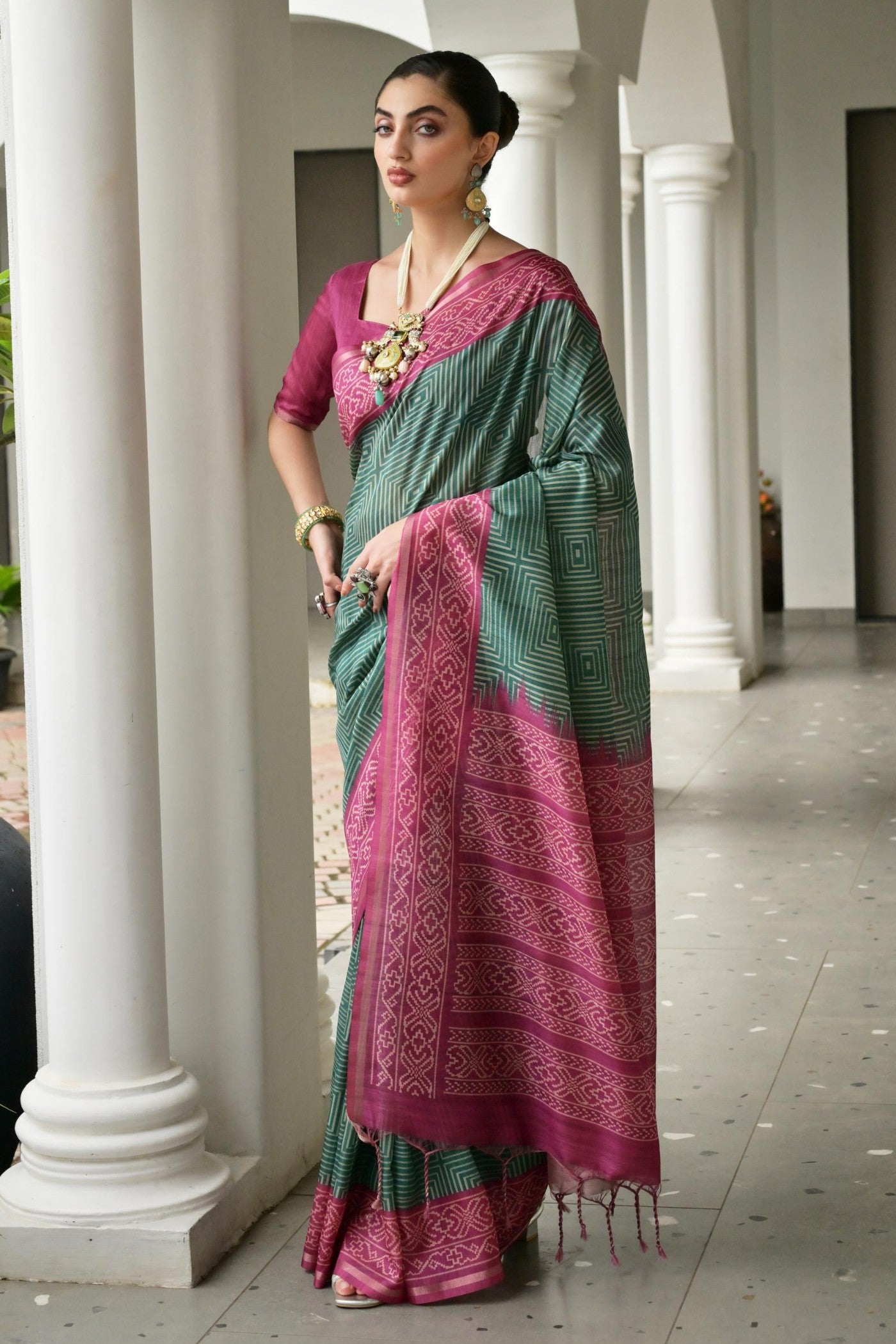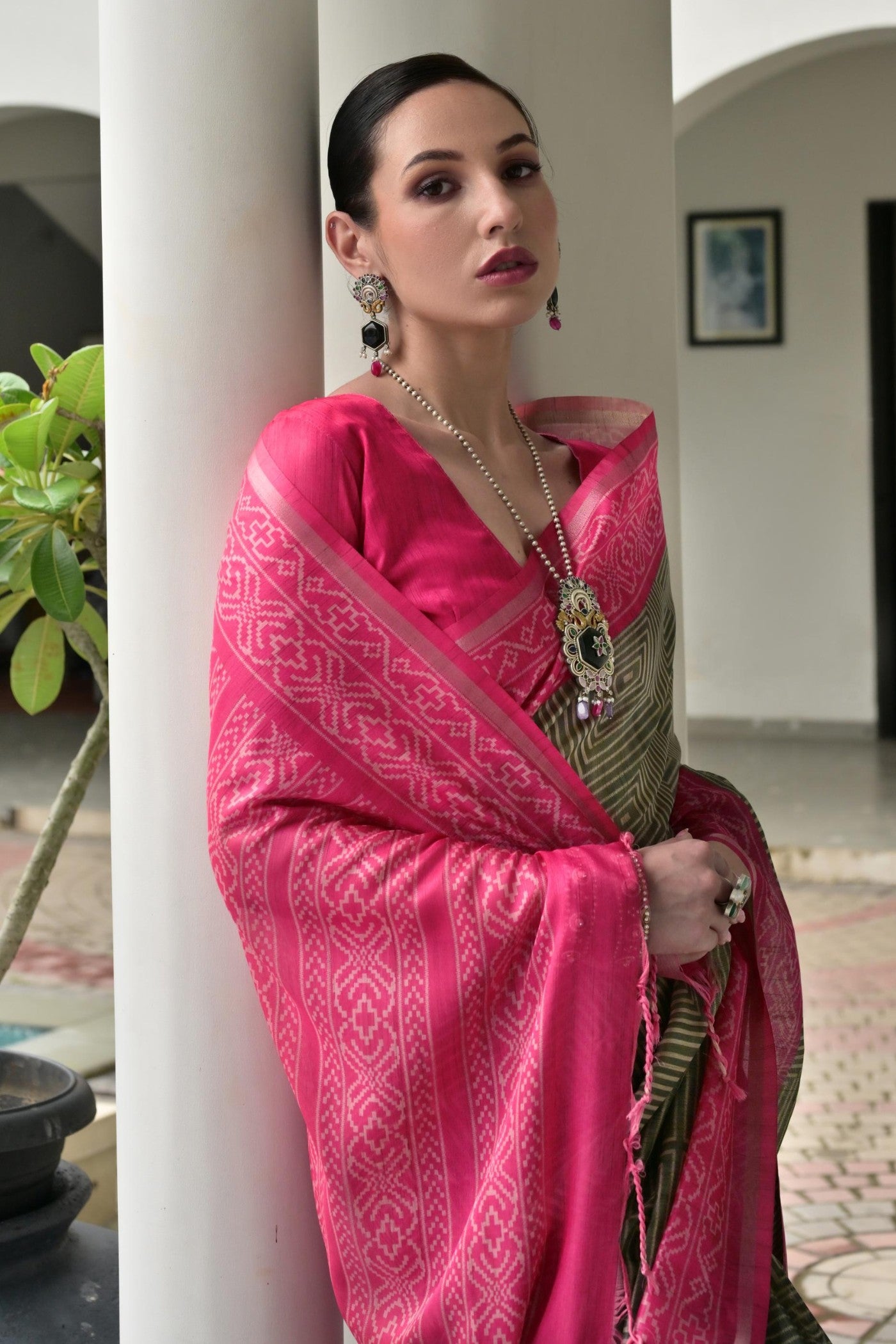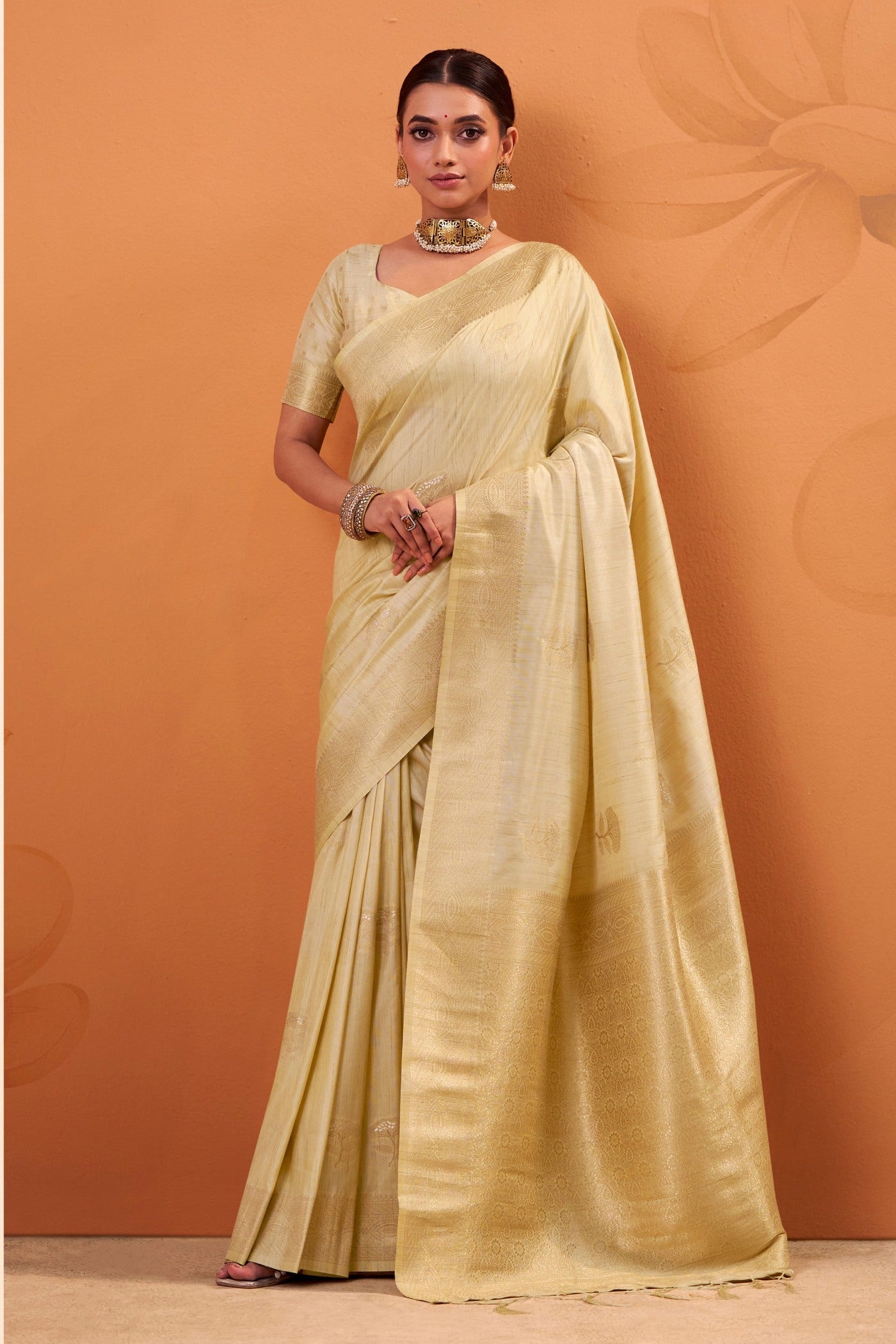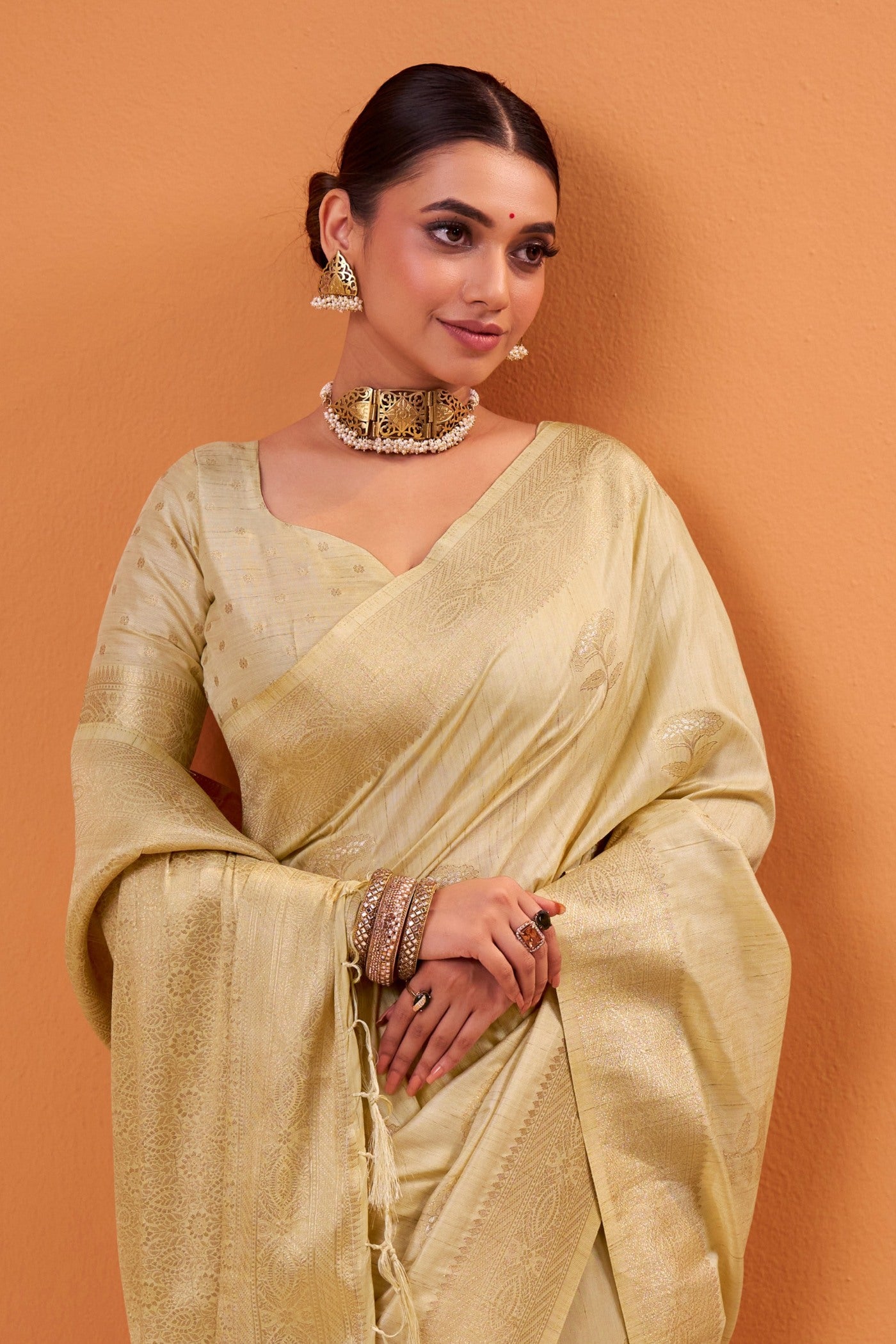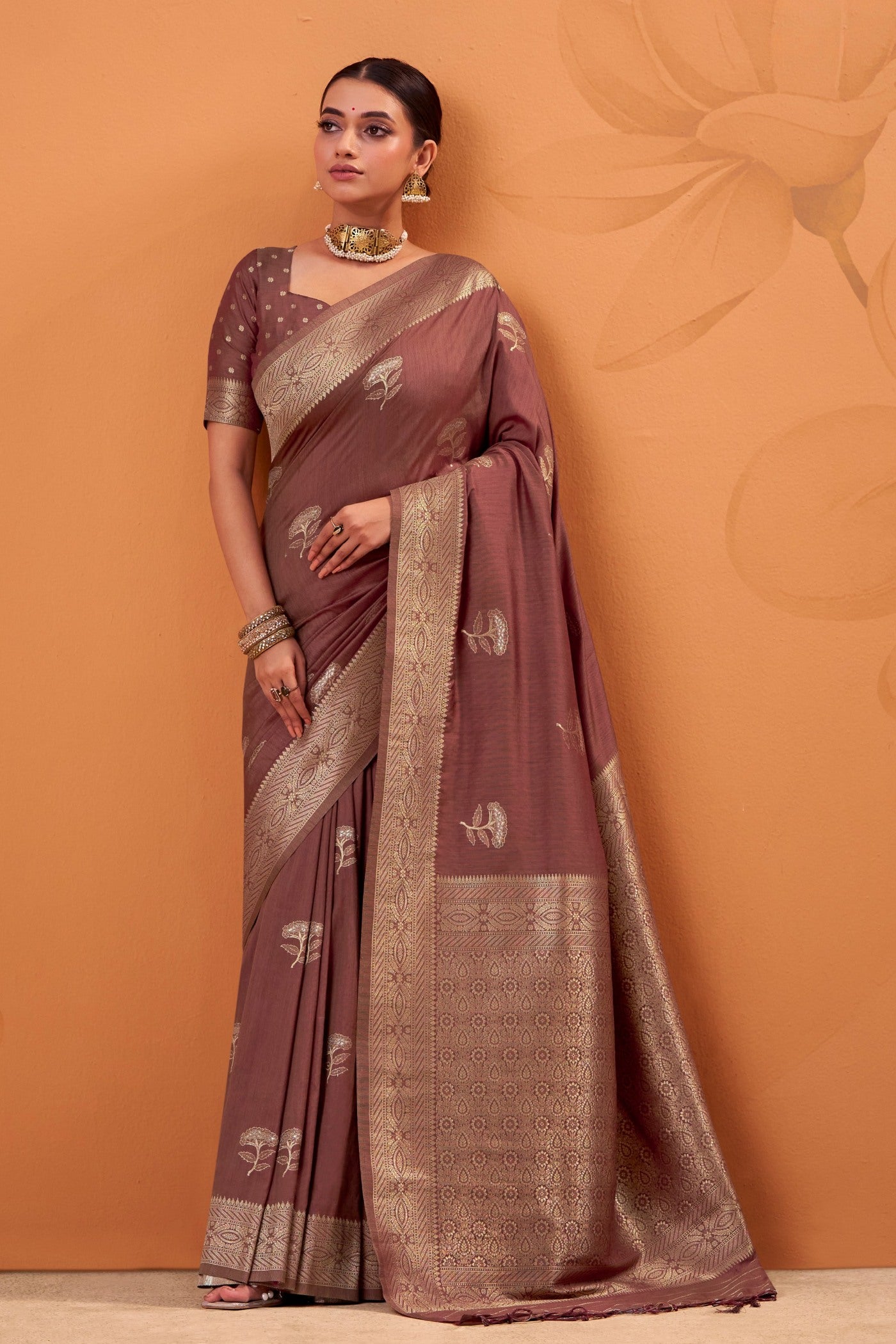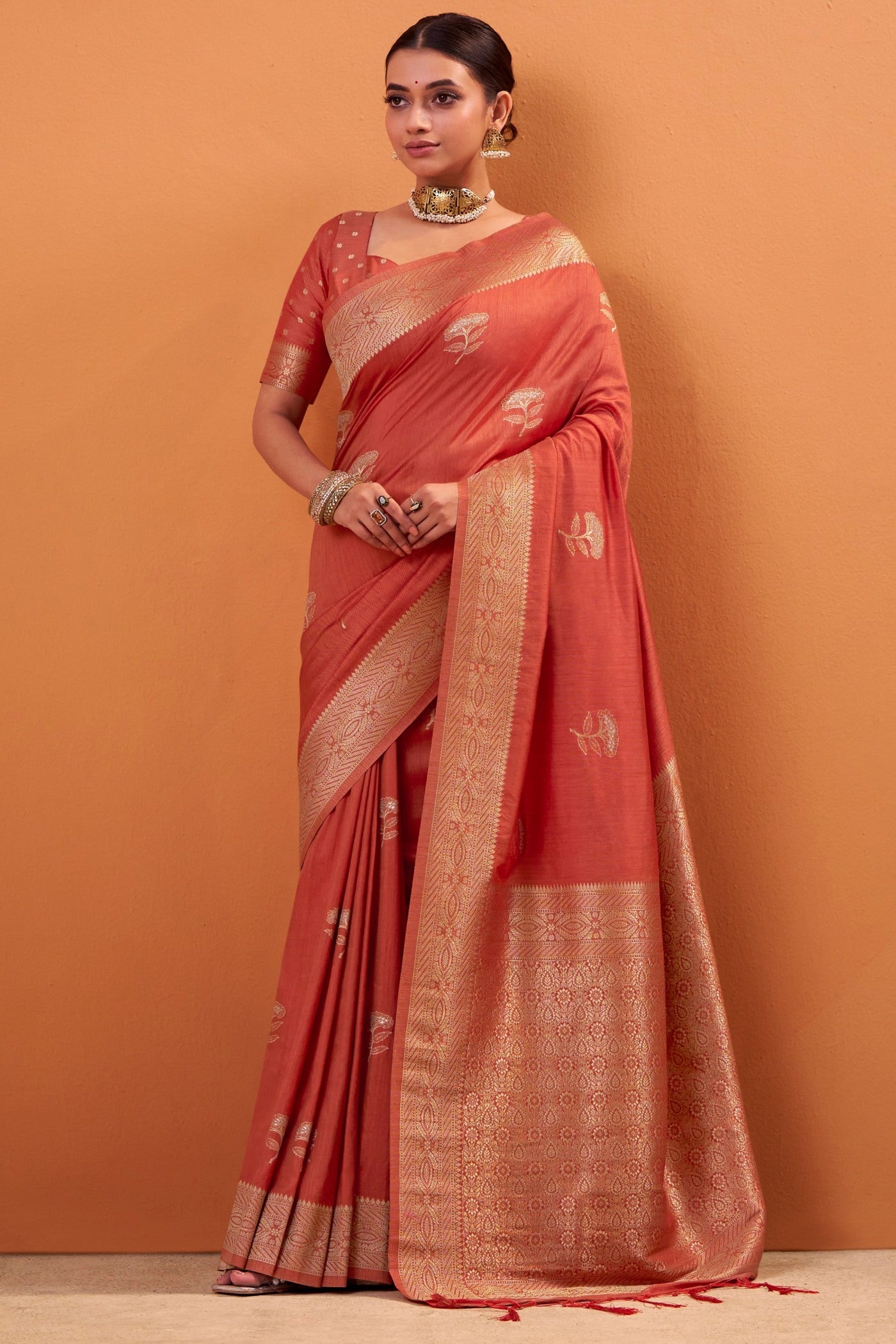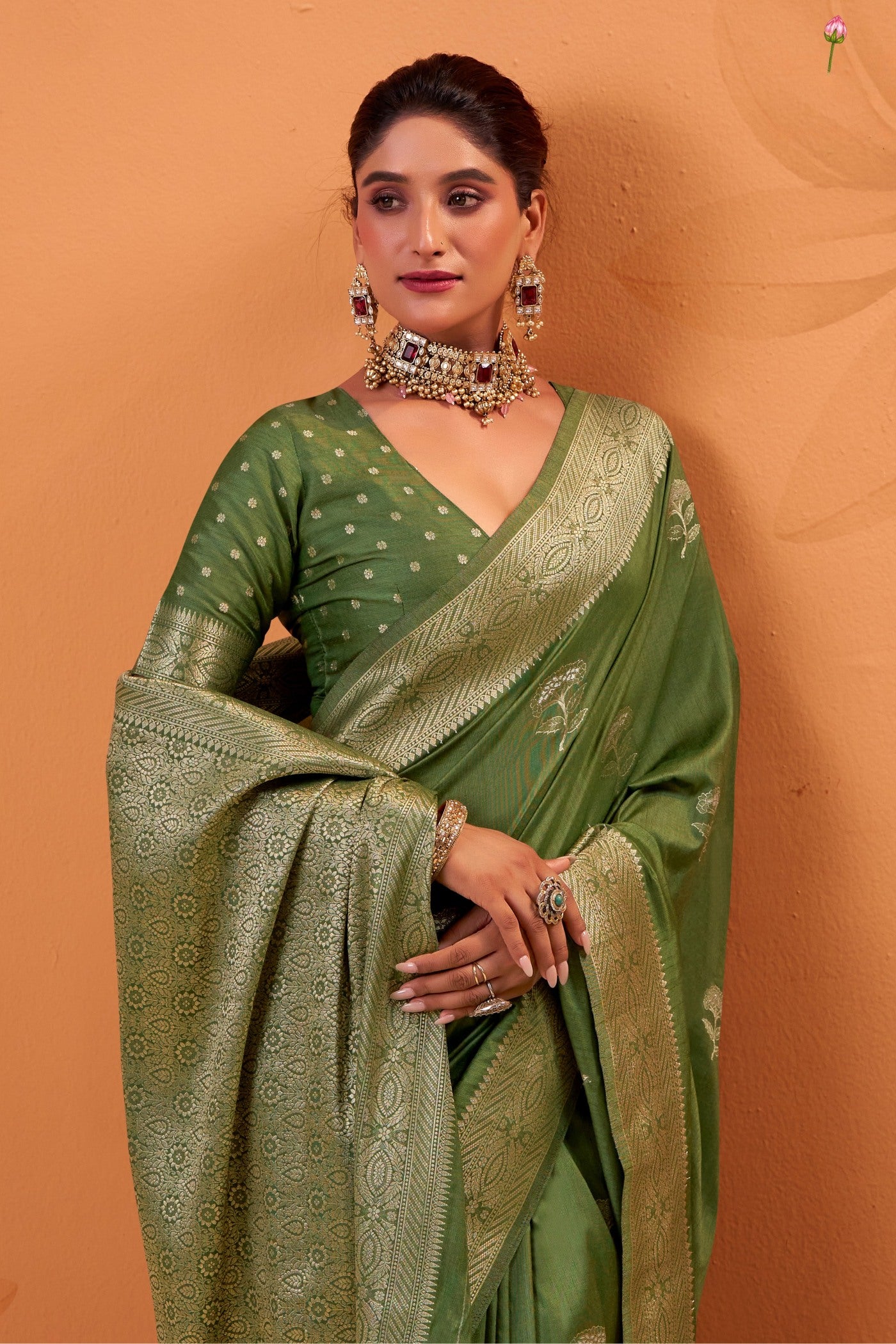Tussar Sarees
Sort by
256 products
Batorange Red Tussar Handloom Silk Saree
Ghost White Tussar Handloom Silk Saree
Caramel Orange Tussar Handloom Silk Saree
Honeydew Green Tussar Handloom Silk Saree
Black Eel Tussar Handloom Silk Saree
Violet Purple Tussar Handloom Silk Saree
Trypan Blue Tussar Handloom Silk Saree
Ultra Pink Tussar Handloom Silk Saree
Sunray Yellow Tussar Handloom Silk Saree
Mahogany Red Tussar Handloom Silk Saree
Bronze Orange Tussar Handloom Silk Saree
Titan White Tussar Handloom Silk Saree
Camouflage Grey and Red Printed Tussar Silk Saree
Eggplant Purple and Green Printed Tussar Silk Saree
Verdun Green and Blue Printed Tussar Silk Saree
Umber Brown and Green Printed Tussar Silk Saree
Amazon Green Printed Tussar Silk Saree
Swamp Green and Pink Printed Tussar Silk Saree
Punch Pink Tussar Handloom Silk Saree
Coconut Cream Tussar Handloom Silk Saree
Phthalo Grey Tussar Handloom Silk Saree
Panut Brown Tussar Handloom Silk Saree
Yam Orange Tussar Handloom Silk Saree
Moss Green Tussar Handloom Silk Saree
Tussar sarees are a symbol of elegance and tradition. Known for their natural sheen and textured finish, Tussar silk is one of India’s most celebrated fabrics. Mysilklove brings you a curated collection of authentic Tussar sarees that combine timeless craftsmanship with contemporary styles. Whether you’re attending a festival, wedding, or special event, our Tussar sarees are sure to make you stand out.
History of Tussar Sarees
Tussar silk, also known as Kosa silk, has been woven for centuries and is native to India. The fabric, which is made from silkworms that feed on wild trees, has a rich history of use in royal and festive garments. Known for its distinct texture and golden hue, Tussar silk is highly regarded for its rustic charm and strength.
Types of Fabric Options in Tussar Sarees
-
Pure Tussar Silk: Known for its authentic texture and natural shine, ideal for traditional and formal occasions.
-
Cotton-Tussar Blend: Offers a comfortable and breathable option for daily wear, blending the rustic texture of Tussar with the soft feel of cotton.
-
Tussar Silk with Georgette: Provides a flowy and lightweight feel, perfect for both casual and festive occasions.
-
Tussar with Chiffon: A smooth, airy fabric combination that gives the saree a soft, elegant drape for parties or evening events.
-
Tussar with Linen: Blends the rustic charm of Tussar with the cool, crisp texture of linen, making it an excellent choice for summer wear.
-
Tussar with Organza: Light and delicate, this combination gives the saree a semi-sheer look that is perfect for formal gatherings and weddings.
Types of Weaving Techniques in Tussar Sarees
Tussar sarees are known for their intricate weaving techniques. The traditional handloom weaving process results in a textured fabric with a distinctive appearance. These are some of the prominent weaving methods that bring Tussar sarees to life:
-
Handloom Weaving: Traditional method creating textured, authentic fabric.
-
Jacquard Weaving: Intricate patterns woven into the fabric for a luxurious look.
-
Block Printing: Artistic designs printed using hand-carved wooden blocks.
-
Shibori Tie-Dye: Unique dyeing technique for uneven, beautiful patterns.
-
Brocade Weaving: Raised, decorative patterns with gold or silver threads.
-
Kadhwa Weaving: Separate weaving of detailed motifs for a textured finish.
-
Jamdhani Weaving: Delicate handwoven motifs for a lightweight feel.
-
Zari Work: Gold or silver threads woven for elegant borders and designs.
-
Madhubani Painting: Hand-painted folk-art designs on Tussar fabric.
-
Resham Weaving: Silk threads woven for intricate embroidery and p
How to Identify Genuine Tussar Sarees?
To identify a genuine Tussar saree, look for its unique coarse texture and natural sheen. Unlike other silks, Tussar silk has an earthy, slightly rough feel that gives it its charm. The color of the fabric may range from golden to muted tones, and it often has a subtle, natural fragrance. Genuine tussar sarees also feature fine handwoven patterns and intricate borders, which distinguish them from synthetic imitations.
Why Choose Mysilklove Tussar Sarees?
At Mysilklove, we specialize in offering high-quality Tussar sarees that blend traditional craftsmanship with modern appeal. Our sarees are made from the finest silk and are handpicked to ensure top-notch quality. With a variety of styles and designs, Mysilklove Tussar sarees offer you the perfect combination of elegance, comfort, and timeless beauty. When you choose Mysilklove, you’re investing in a piece of heritage that lasts for generations.
FAQ's:
-
What makes Tussar Saree special?
Tussar sarees are known for their rich texture, natural gold sheen, and breathable fabric, making them elegant yet comfortable. -
How do I care for my Tussar Saree?
Dry clean is recommended. Store in a cool, dry place and avoid direct sunlight to maintain its natural shine. -
Is Tussar Saree suitable for daily wear?
Yes, lighter blends like cotton-Tussar are perfect for daily use, while pure silk versions are great for festive wear. -
Does Tussar Saree require a fall and pico before wearing?
Yes, adding fall and pico helps maintain the drape and longevity of the saree. -
What are the best blouse designs for Tussar Saree?
Contrast blouses in silk, cotton, or brocade work beautifully. You can also try embroidered or handloom blouses for a rich look. -
Do MySilkLove Tussar Sarees come with a blouse piece?
Yes, all MySilkLove Tussar sarees include an unstitched blouse piece unless stated otherwise. -
How long does a Tussar Saree last with proper care?
With proper storage and care, a Tussar saree can last for years while retaining its charm. -
Can I wash my Tussar Saree at home?
It’s best to avoid home washing. Opt for dry cleaning to protect the fabric and color. -
What is MySilkLove’s return and exchange policy for sarees?
MySilkLove offer easy returns and exchanges within 3 days of delivery, provided the saree is unused and in its original condition. -
How can I verify the authenticity of a MySilkLove Tussar Saree?
Check for fabric texture, weave details, and the product description. MySilkLove sources directly from trusted weavers to ensure authenticity.
Tussar Sarees Price List
Explore our other collections
Sarees by weave type
Ajrakh Sarees | Banarasi Bandhani Saree | Banarasi Chiffon Saree | Banarasi Georgette Saree | Banarasi Katan Silk Saree | Banarasi Patola Saree | Banarasi Sarees | Banarasi Tissue Saree | Banarasi Tussar Silk Saree | Bandhani Sarees | Bhagalpuri Saree | Brasso Saree | Chanderi Sarees | Chiffon sarees | Chikankari Sarees | Cotton Sarees | Cotton Silk Saree | Crepe Fabric Saree | Designer Saree | Dola Silk Saree | Embroidery Sarees | Floral Saree | Floral Saree | Georgette Saree | Gujarati Saree | Hand Block Printed Sarees | Handloom Cotton Saree | Handloom Sarees | Ikat Sarees | Indo Western Saree | Ivory Banarasi Saree | Jamdani Sarees | Kalamkari Sarees | Kanjivaram Sarees | Kashmiri Sarees | Khaddi Georgette Saree | Khadi Saree | Kota Sarees | Latest Saree Designs | Lehariya Saree | Linen Sarees | Madhubani Sarees | Maharashtrian Saree | Maheshwari Sarees | Mul Mul Cotton Saree | Net Saree | Office Wear Saree | Organza Sarees | Paithani Sarees | Pashmina Sarees | Patola Sarees | Pattu Saree | Printed Sarees | Raw Silk Sarees | Ready To Wear Sarees | Satin Sarees | Sequin Sarees | Shimmer Saree | Silk Sarees | South Silk Sarees | Tissue Sarees
Sarees by color
Beige Saree | Black Banarasi Saree | Black Net Saree | Black Sarees | Black Sequin Saree | Blue Banarasi Saree | Blue Sarees | Brown Banarasi Saree | Brown Sarees | Cream Saree | Cream Sarees | Golden Sarees | Green Banarasi Saree | Green Sarees | Grey Sarees | Lavender Saree | Maroon Sarees | Multicolor sarees | Navy Blue Sarees | Off White Saree | Orange Banarasi Saree | Orange Bandhani Saree | Orange Sarees | Peach Colour Sarees | Pink Banarasi Saree | Pink Sarees | Purple Banarasi Saree | Purple Sarees | Red Banarasi Saree | Red Sarees | Silver Colour Sarees | White Banarasi Saree | White Bridal Saree | White Sarees | Yellow Banarasi Saree | Yellow Sarees
Sarees by occasion
Bride | Cocktail | Engagement | Haldi | Mehendi | Onam Saree | Party Wear Sarees | Reception Sarees | Sangeet | Sarees for Farewell | Summer Sarees | Wedding Edit
Dresses and lehengas
Dresses | Dresses and Salwar suits | Lehenga | Salwar Suit & Dresses
Tussar Sarees Reviews
MySilkLove Assured
Buy with confidence
Direct from Manufacturers
No middlemen involved
Satisfied or refunded
Amount is refunded if you don't like the product.
Good quality fabric
Perfect finish, stain free products
Sustainable
Ethical manufacturing, fair wages for labours.

